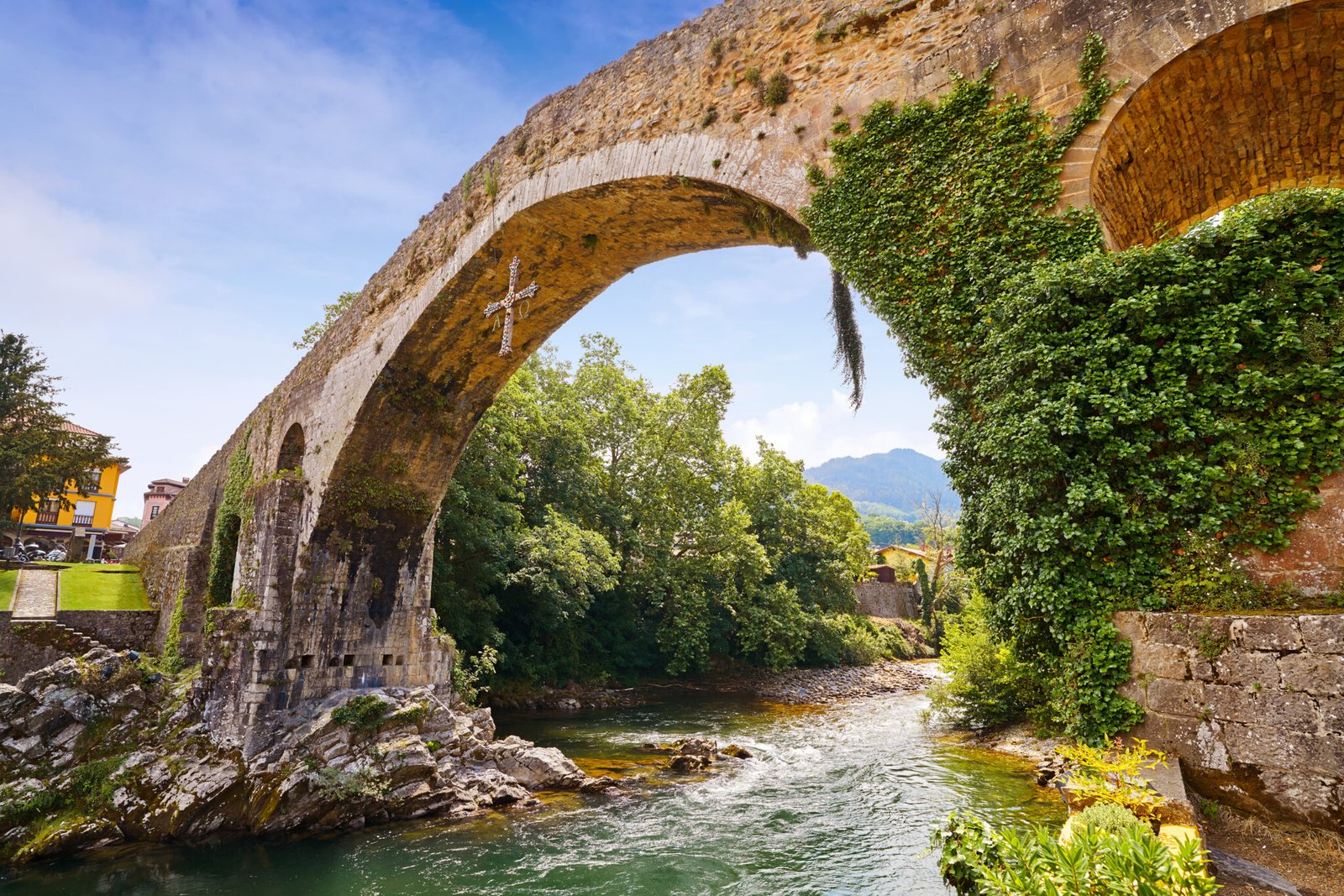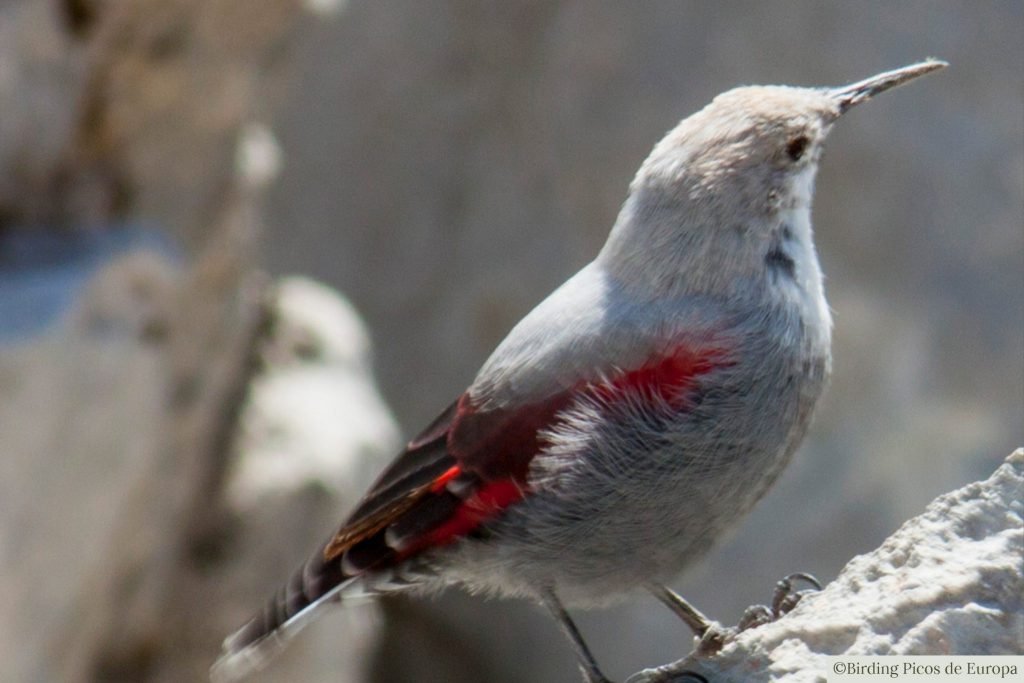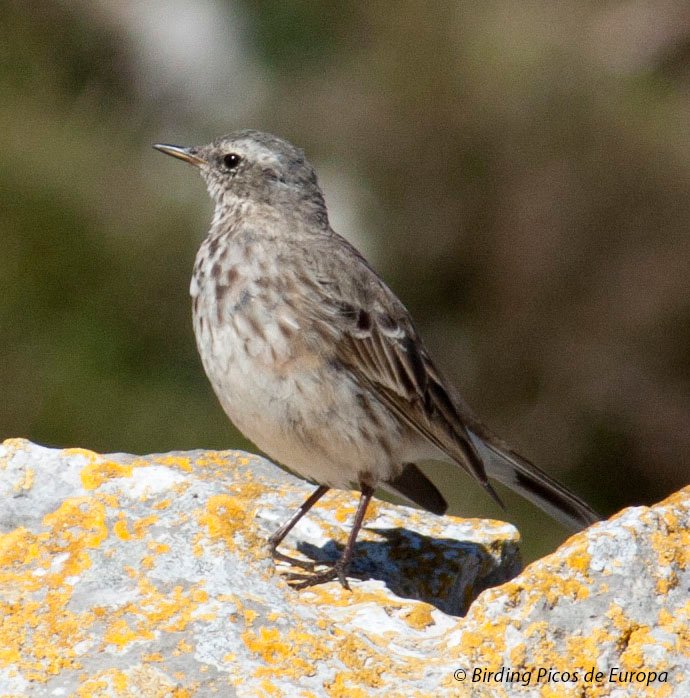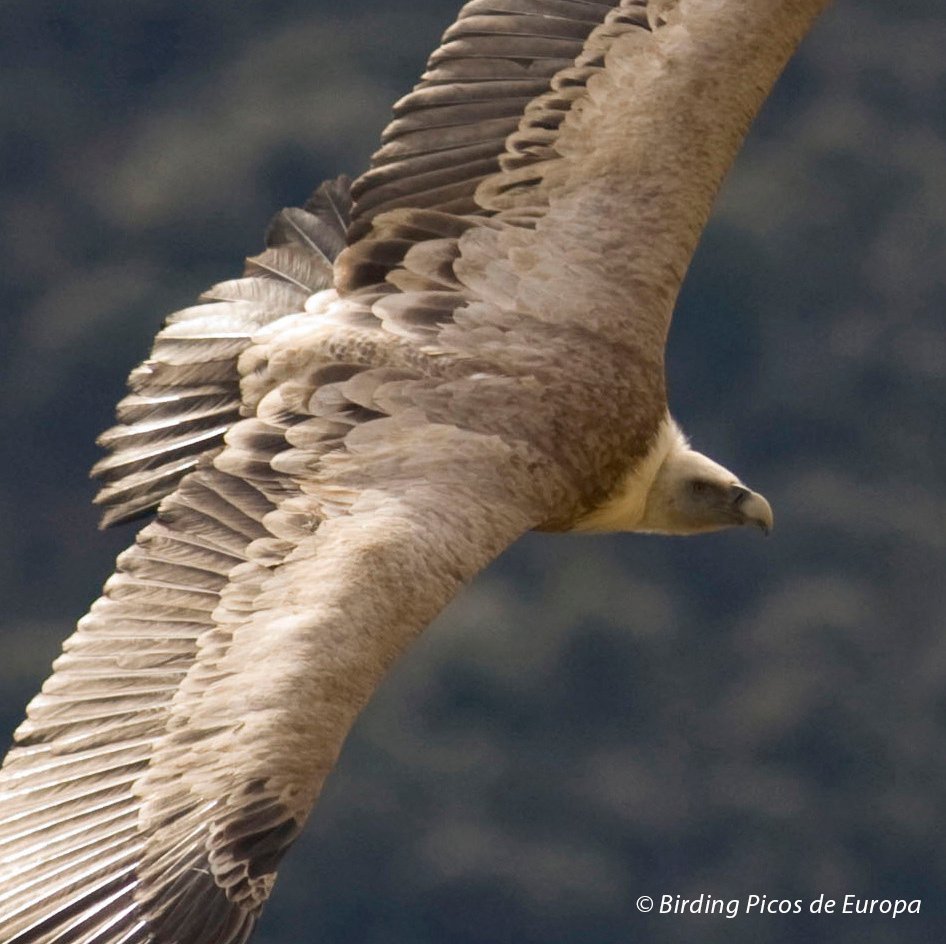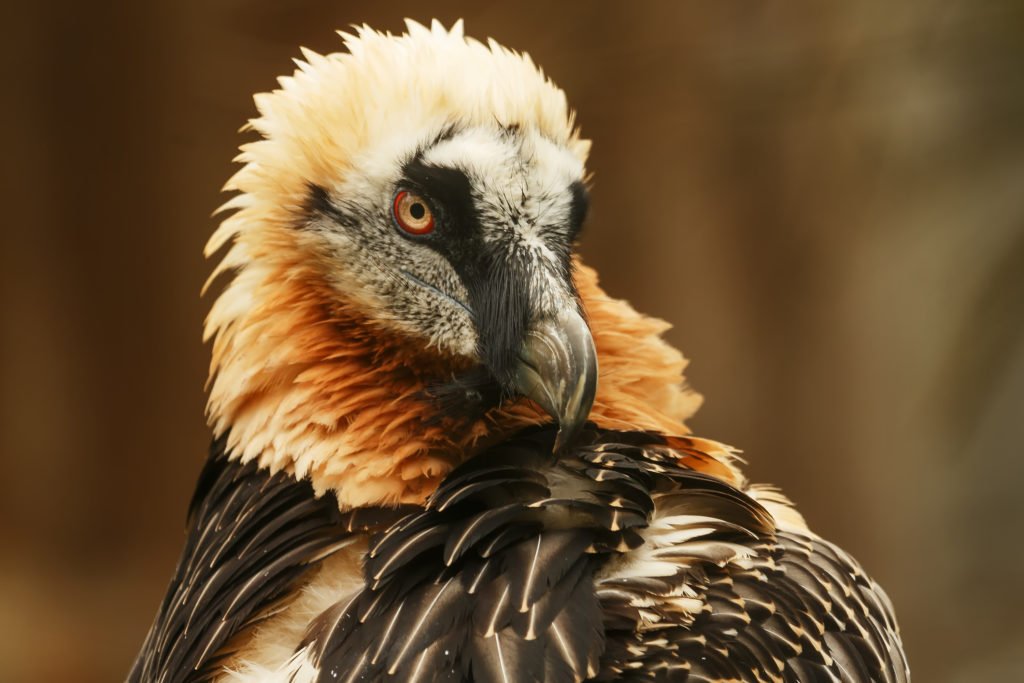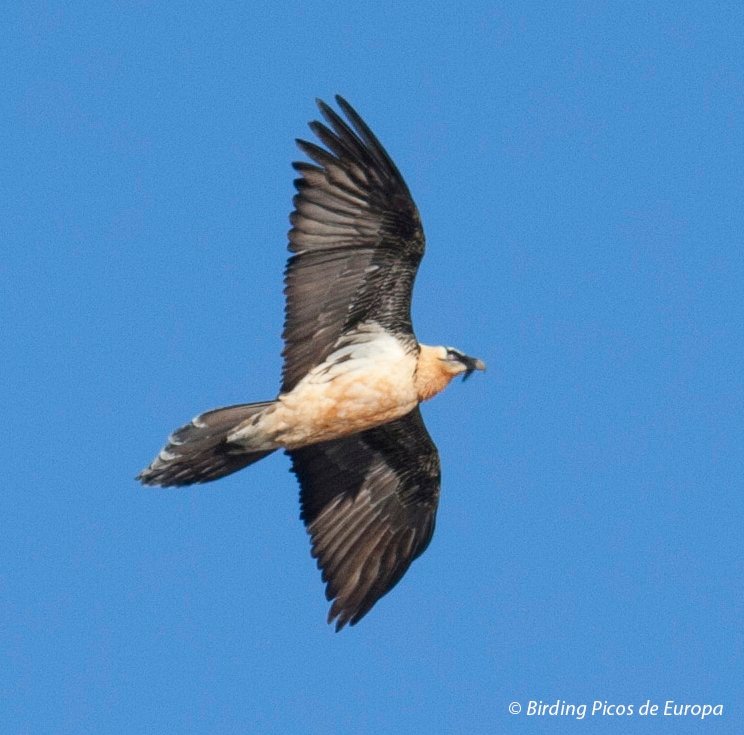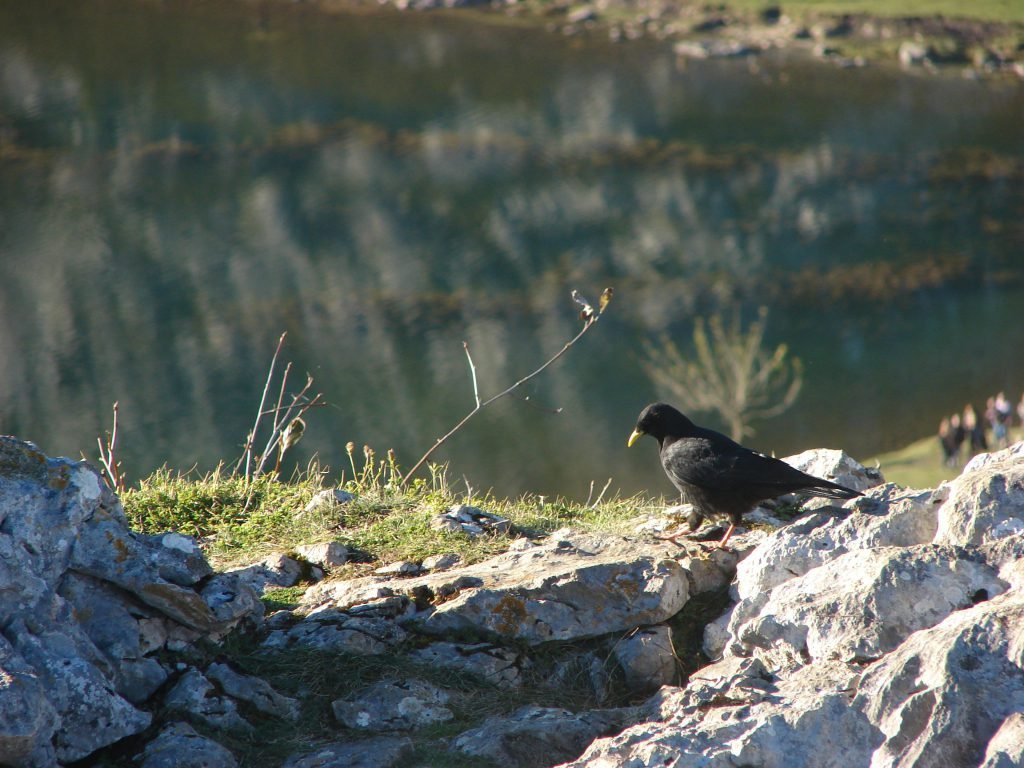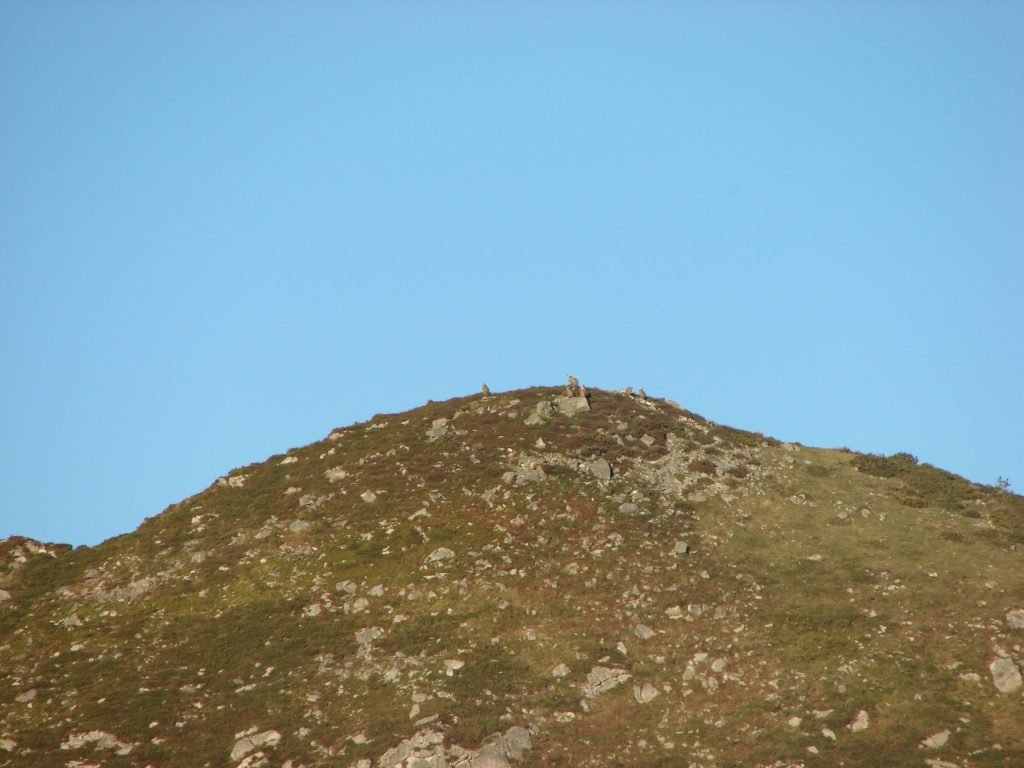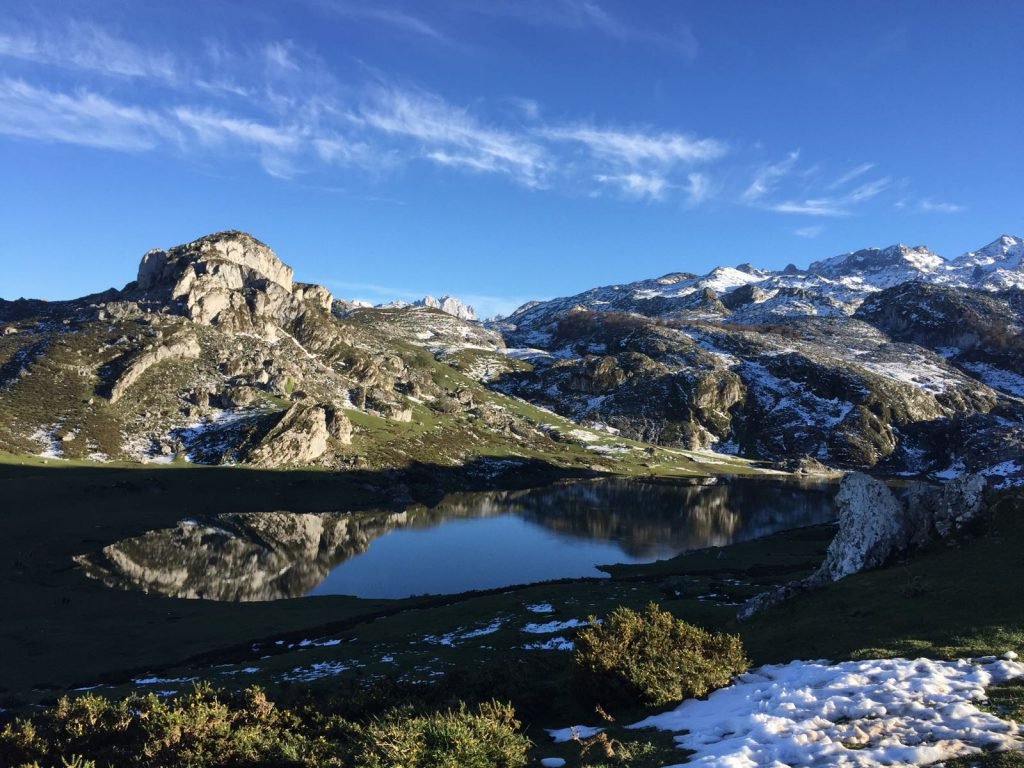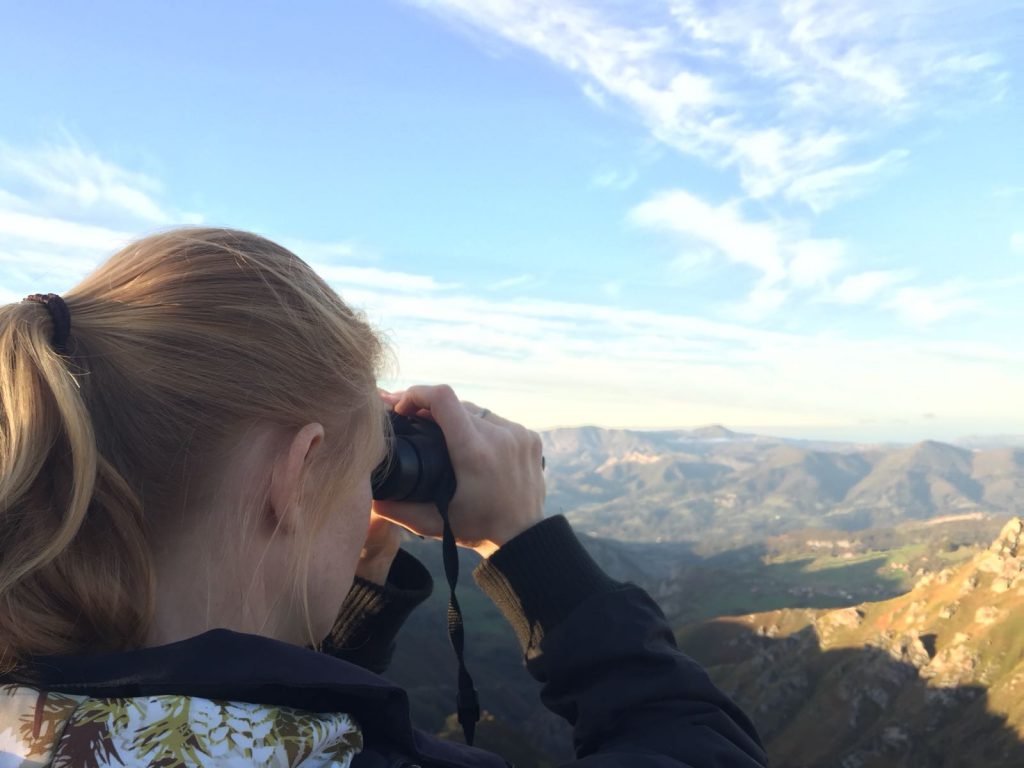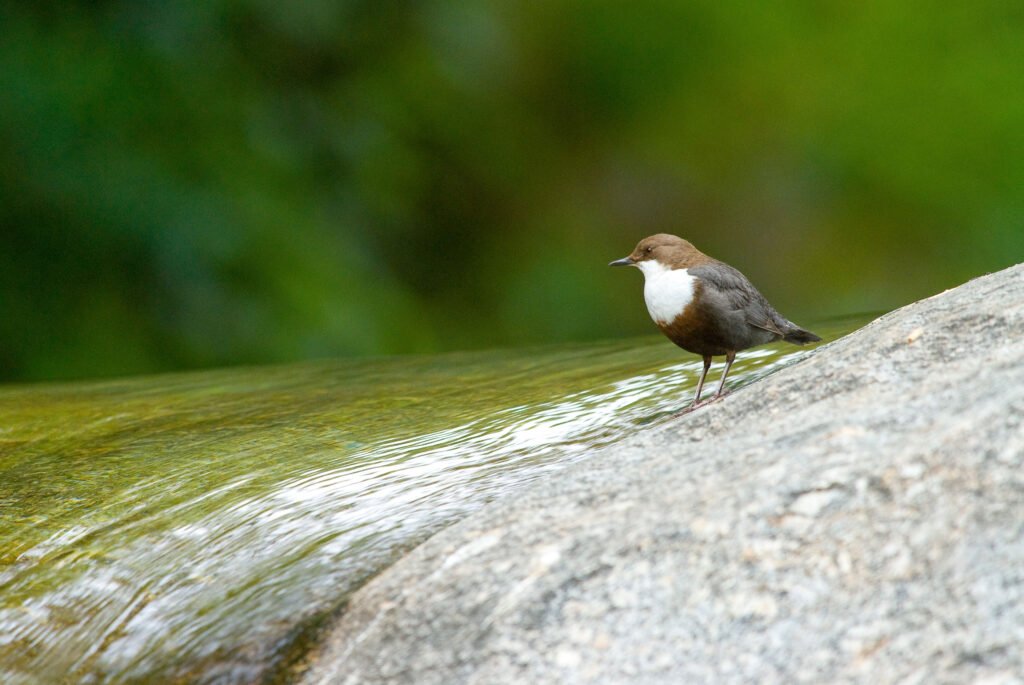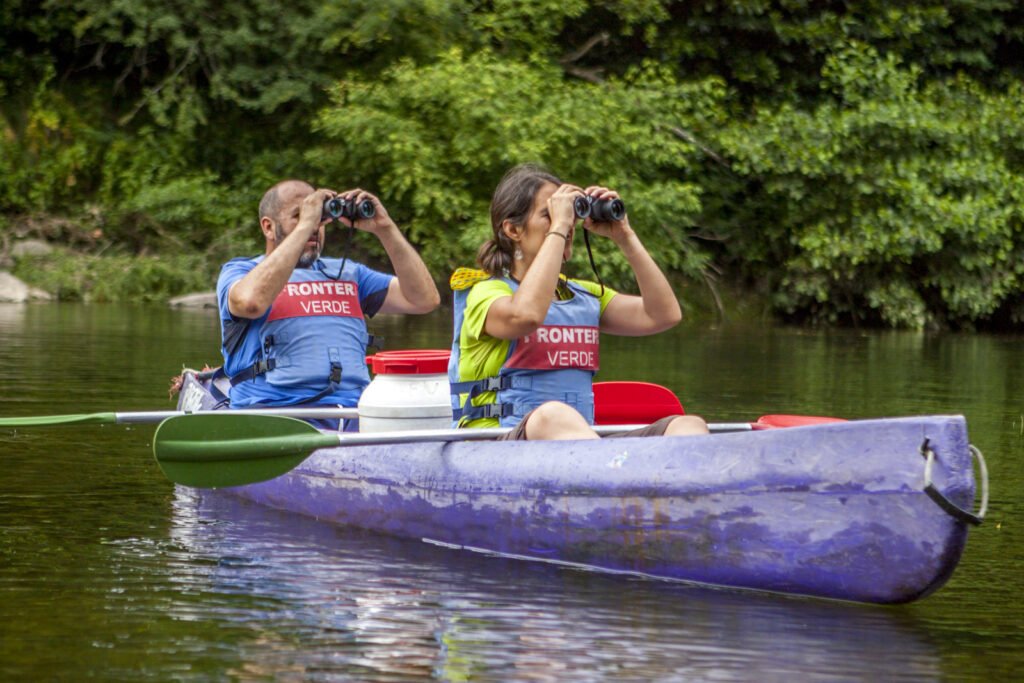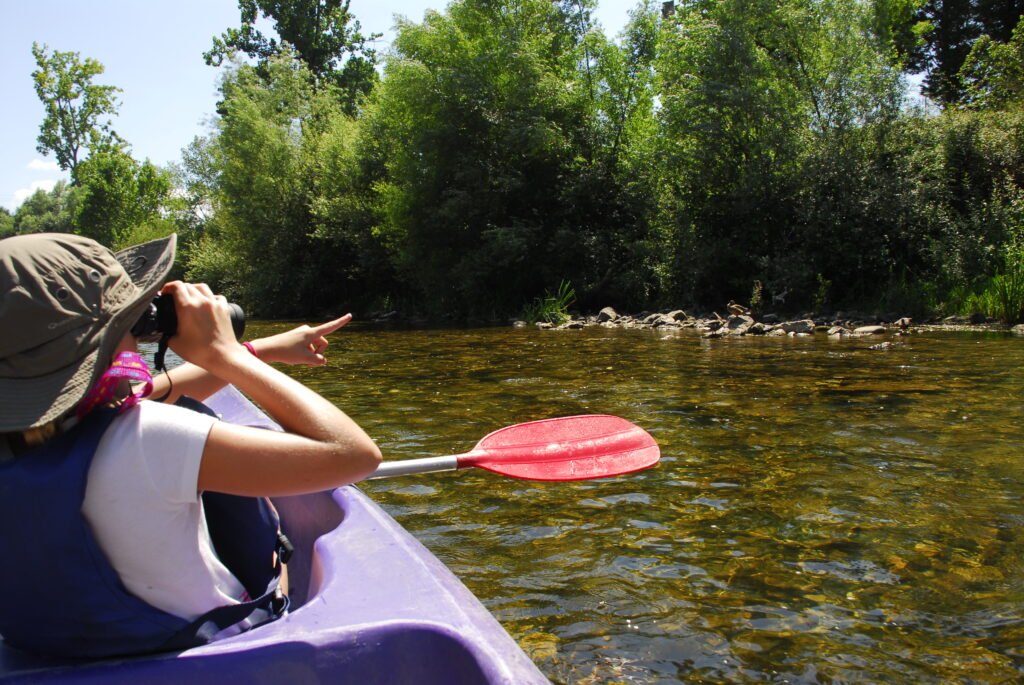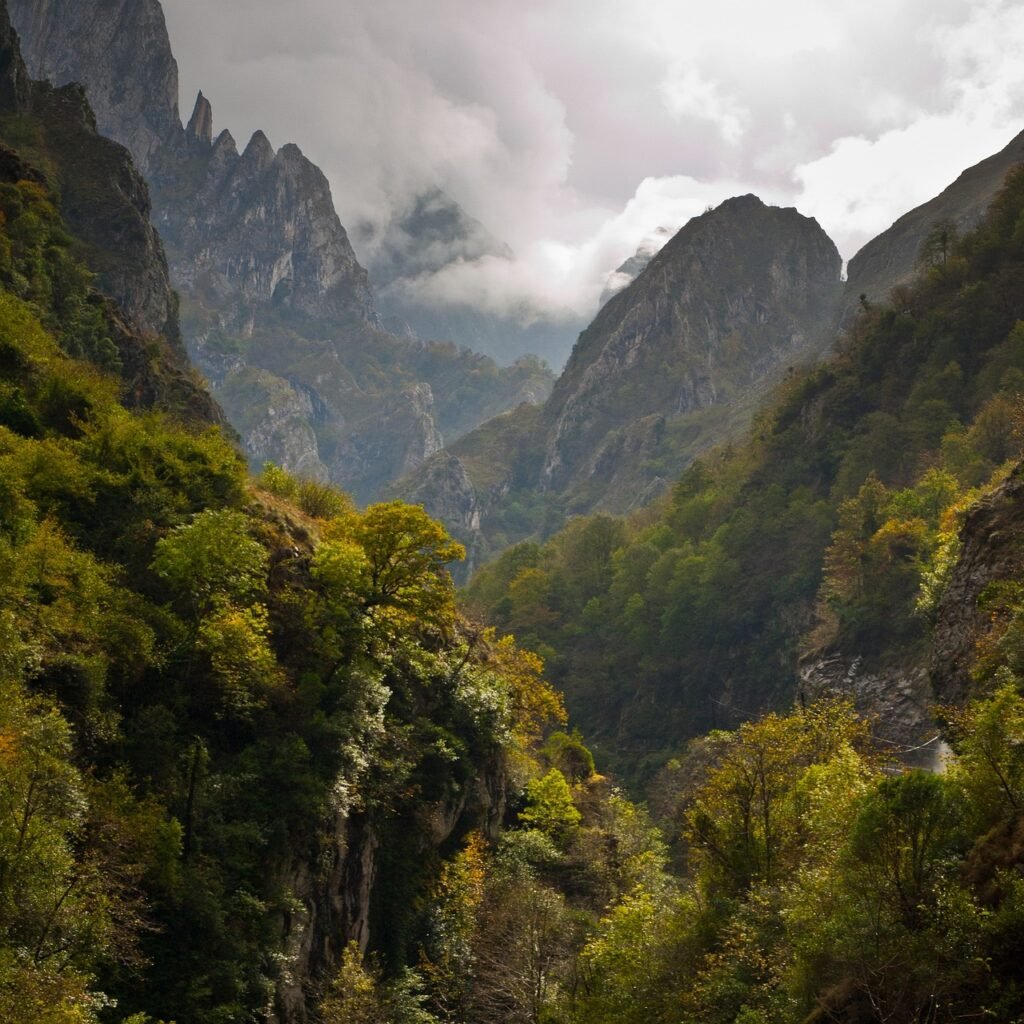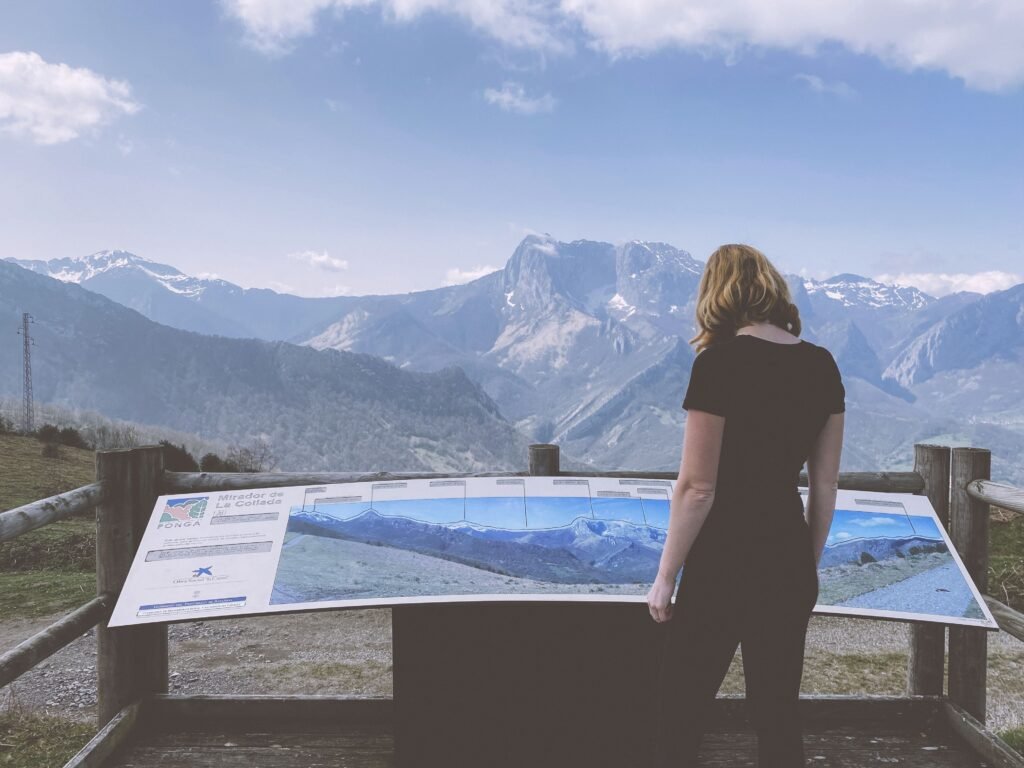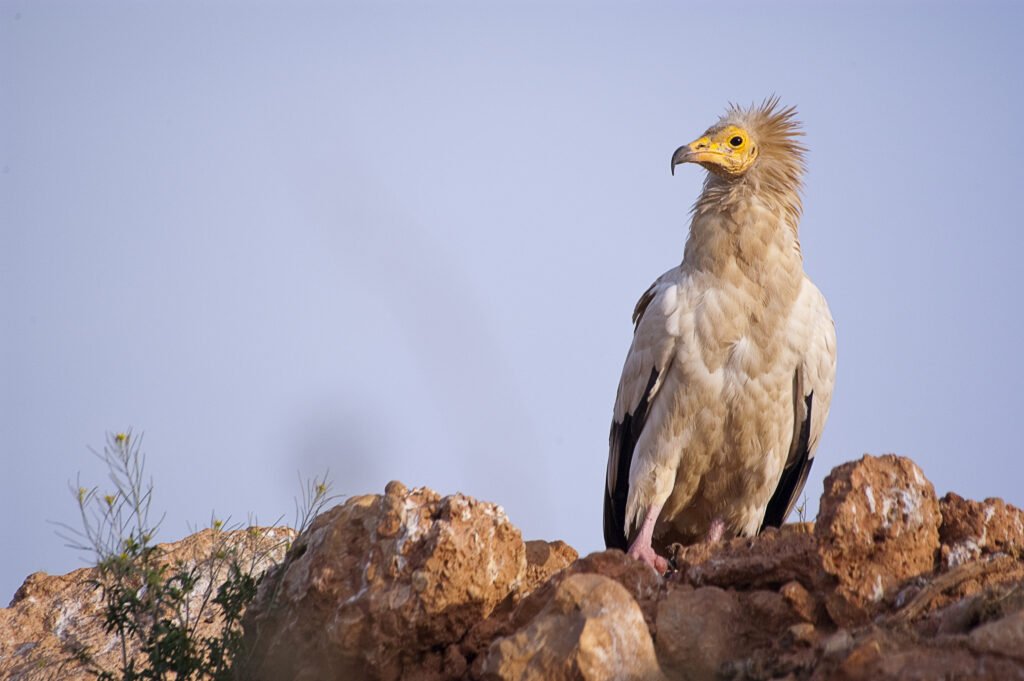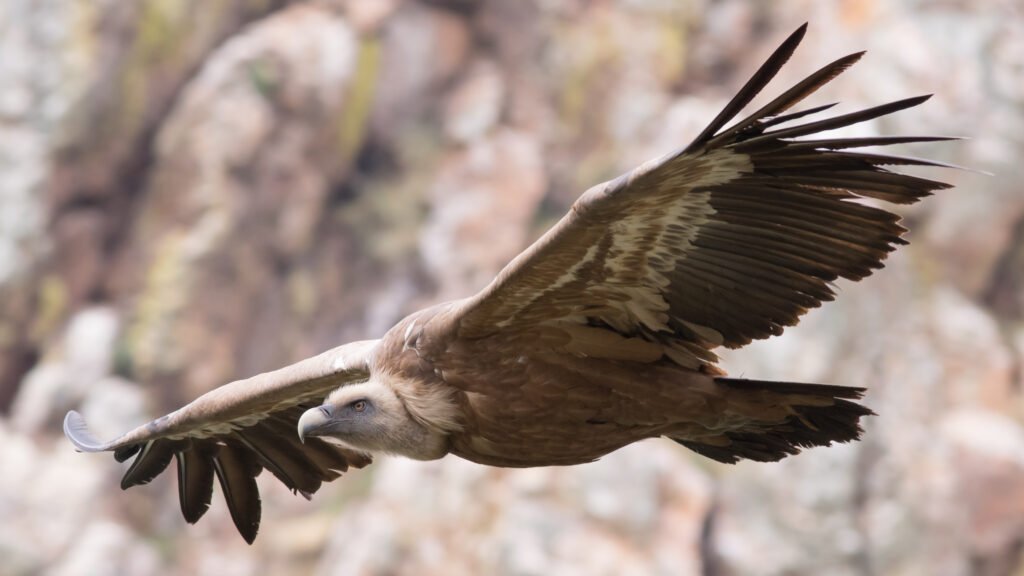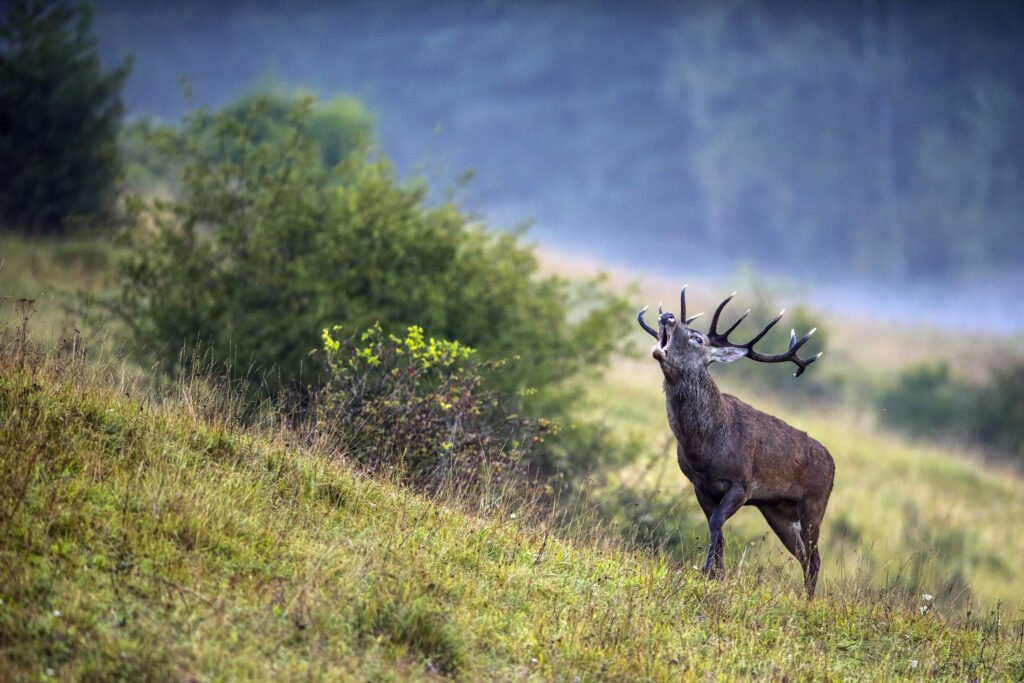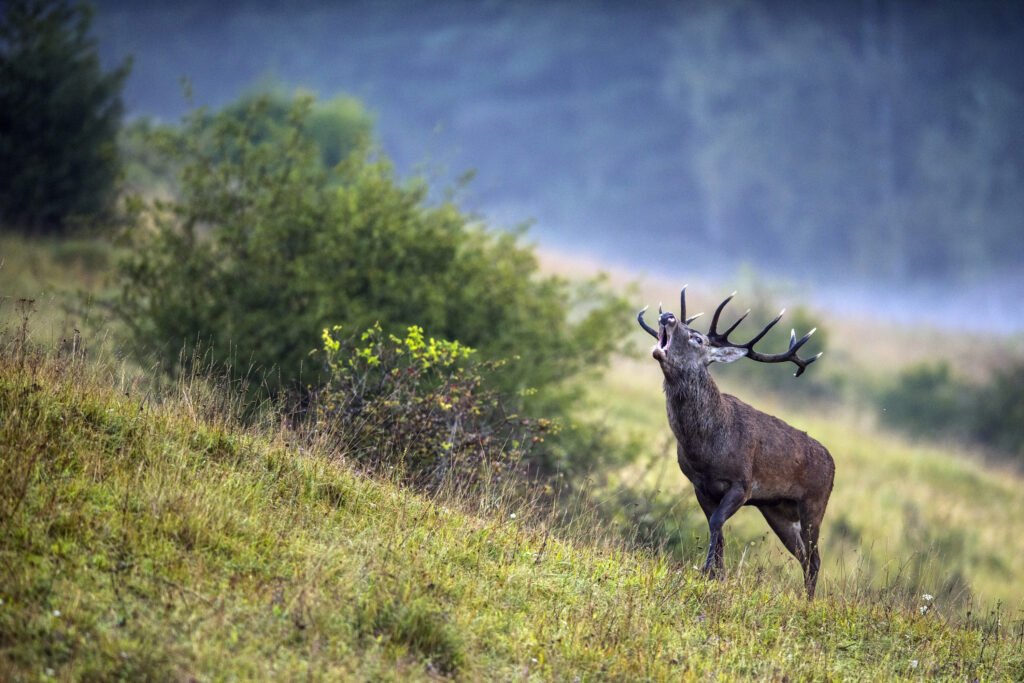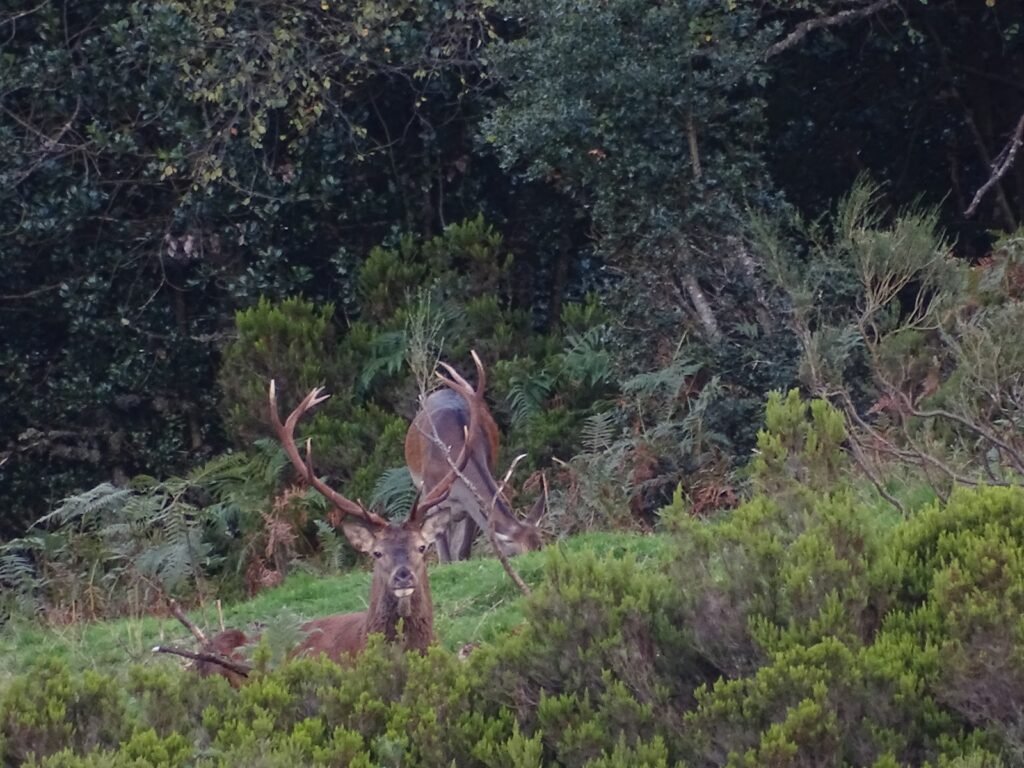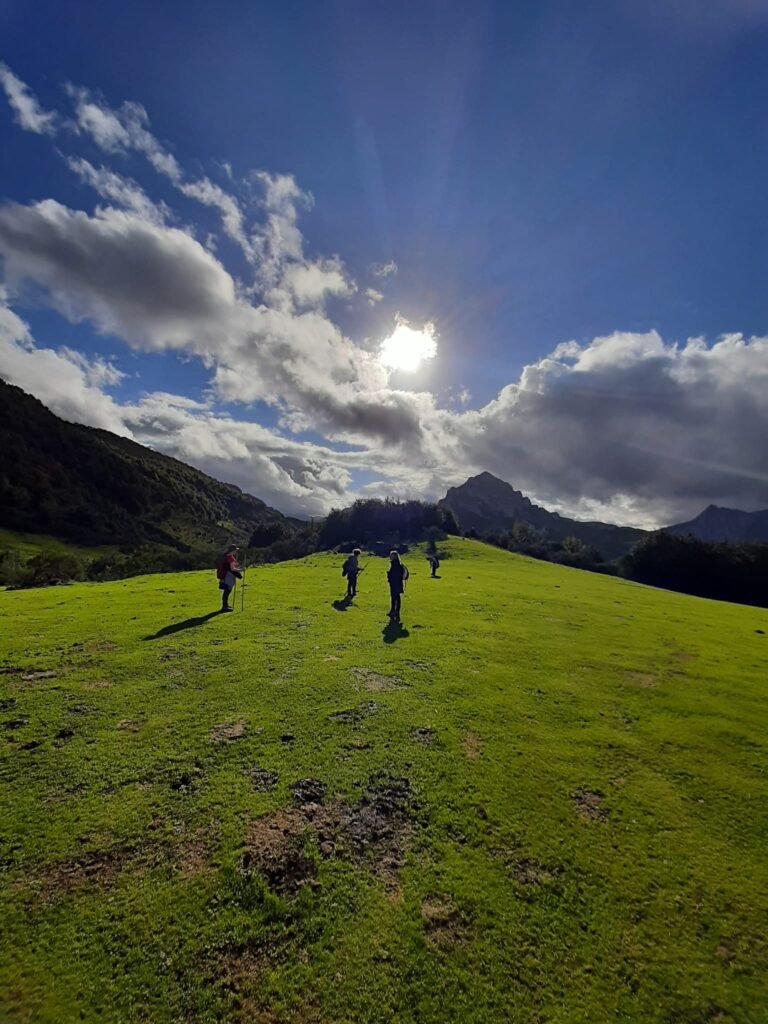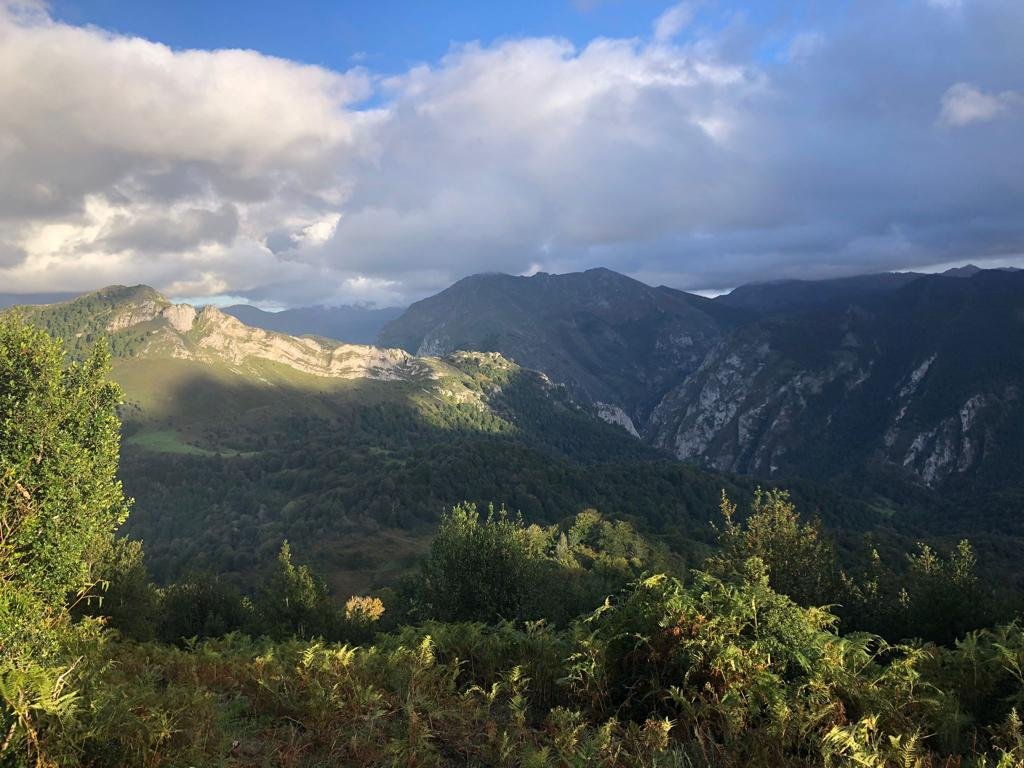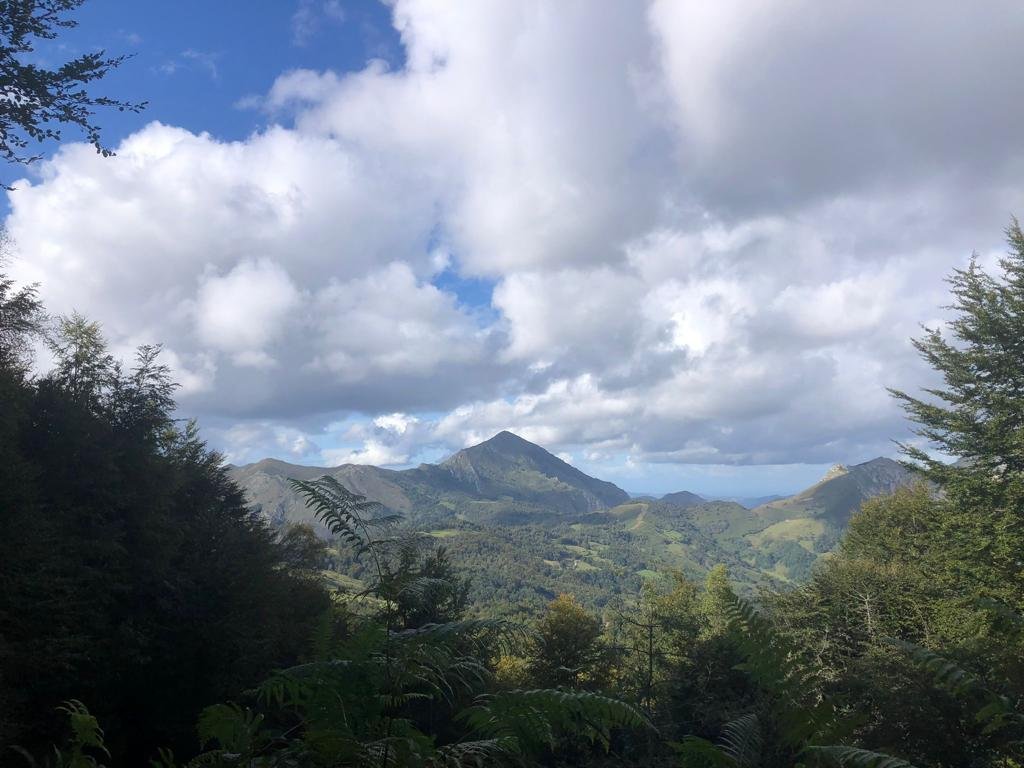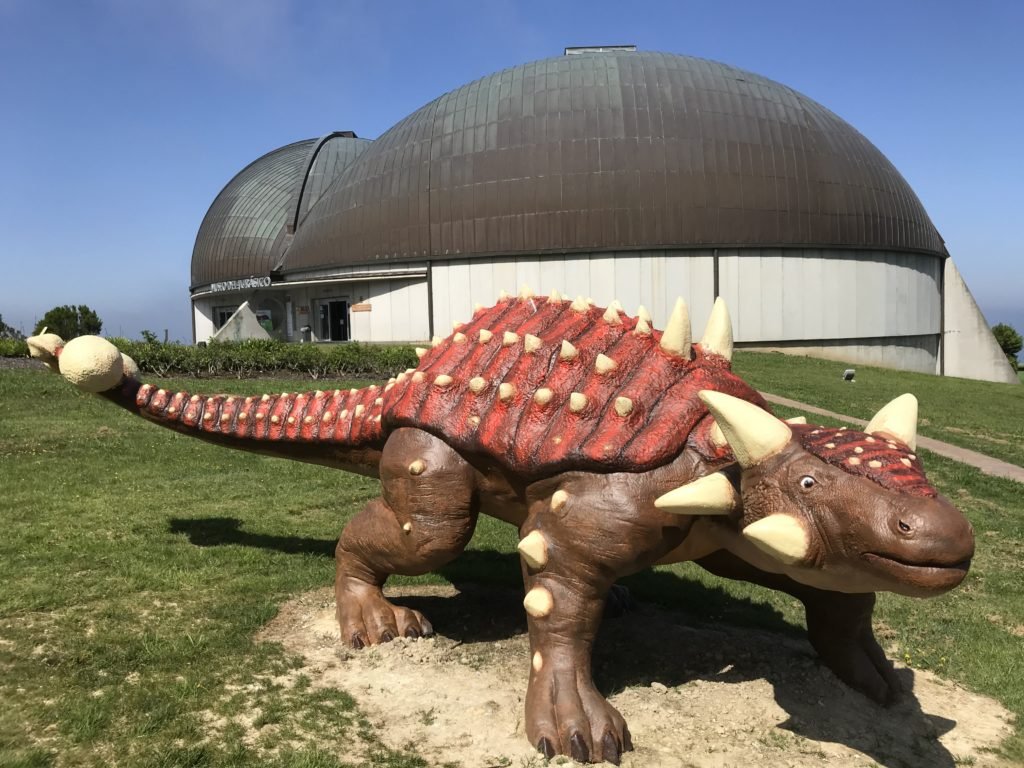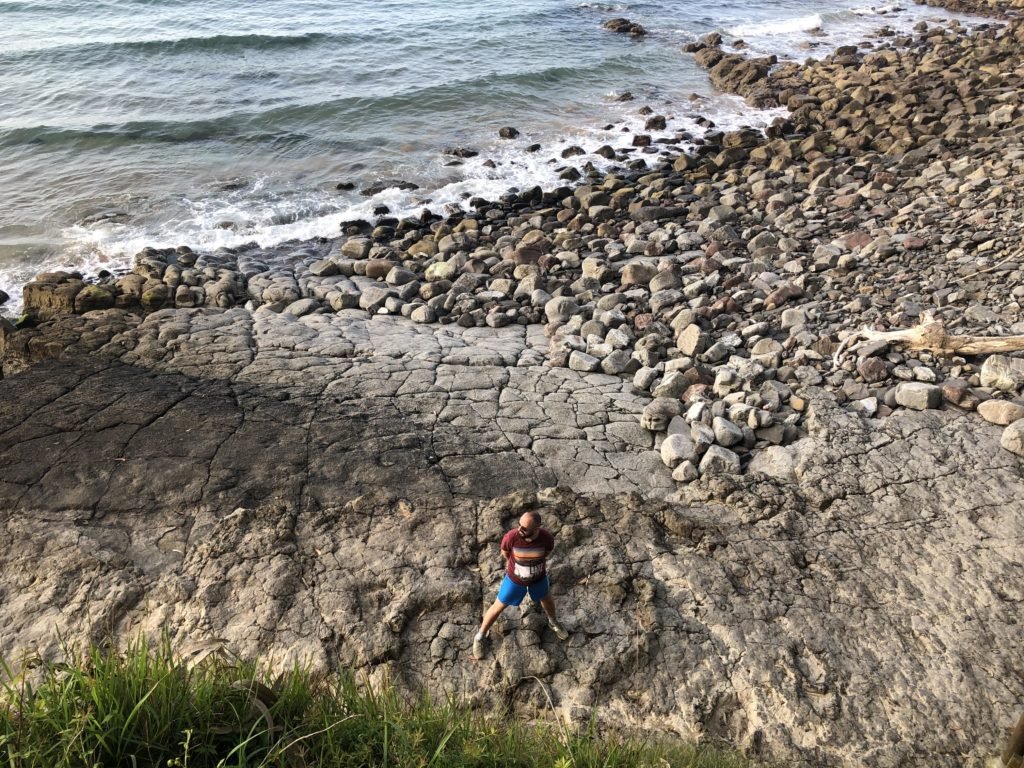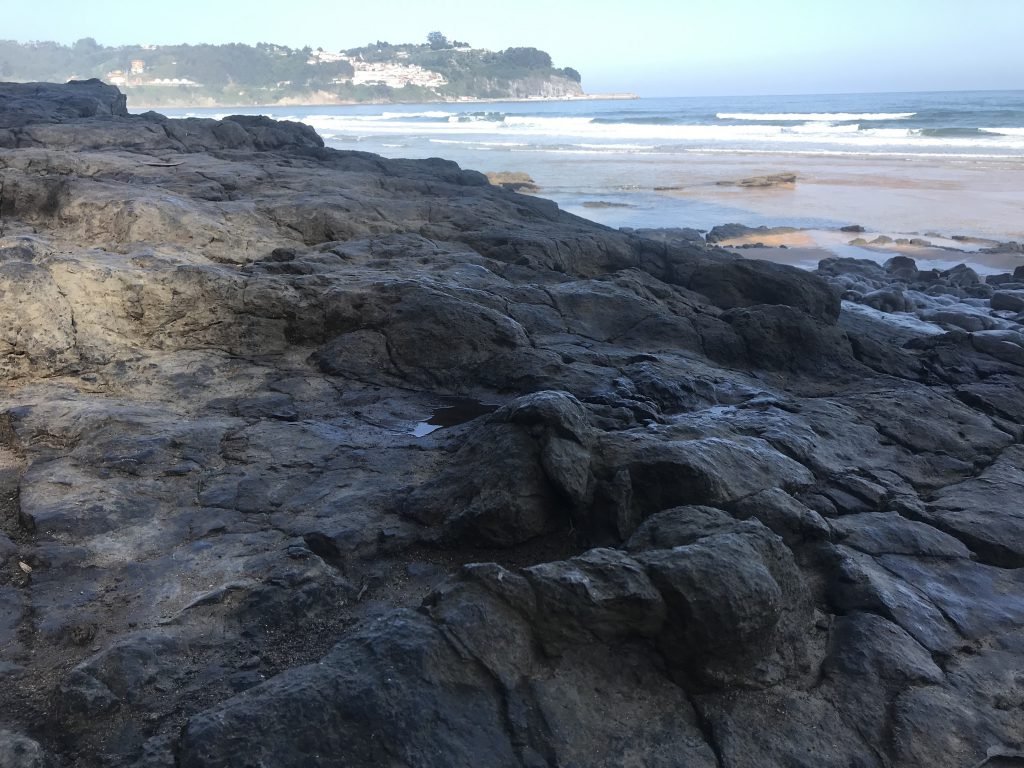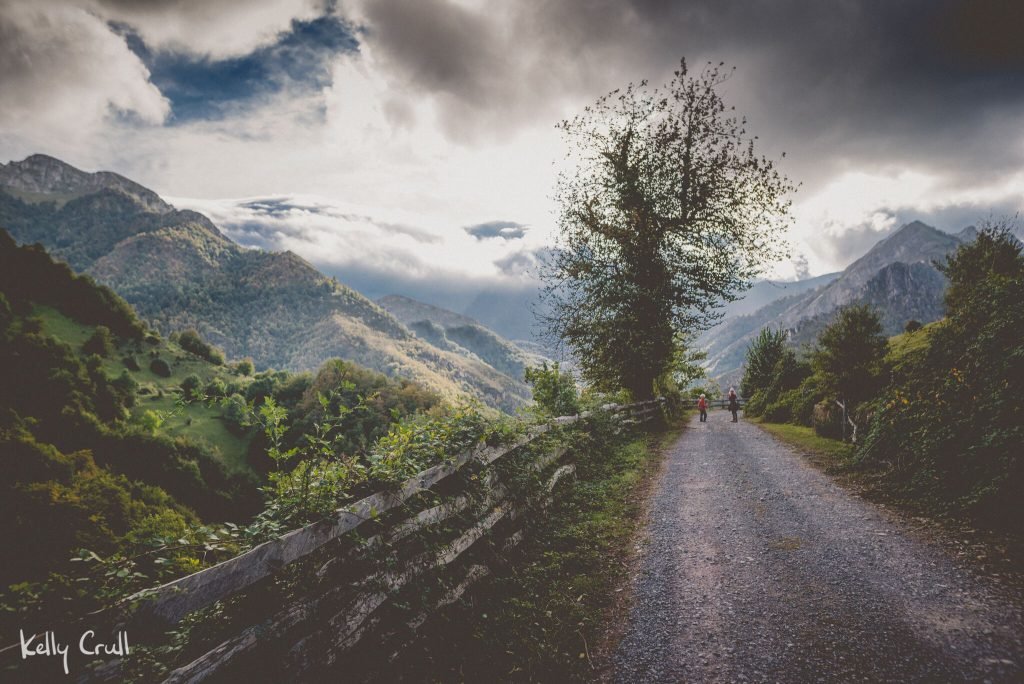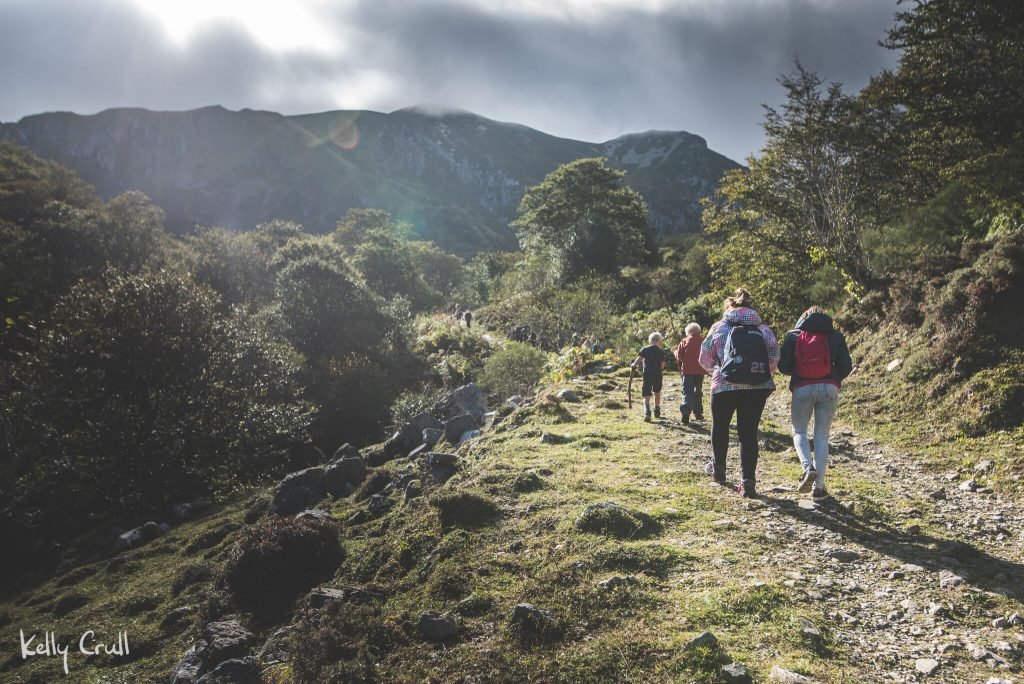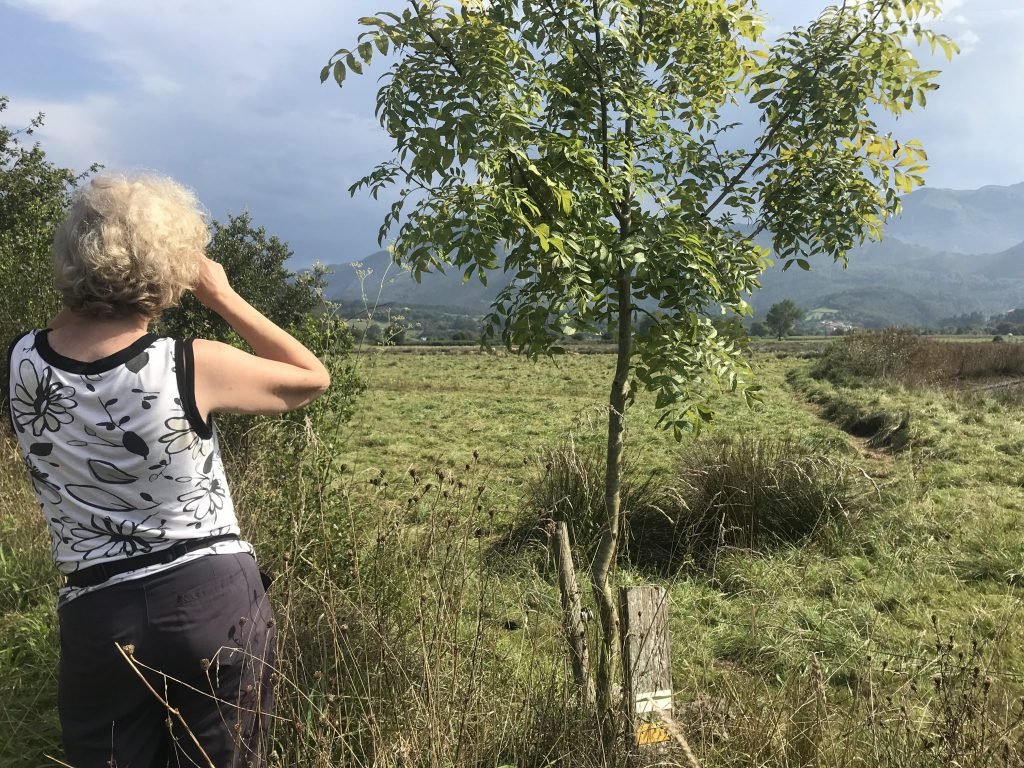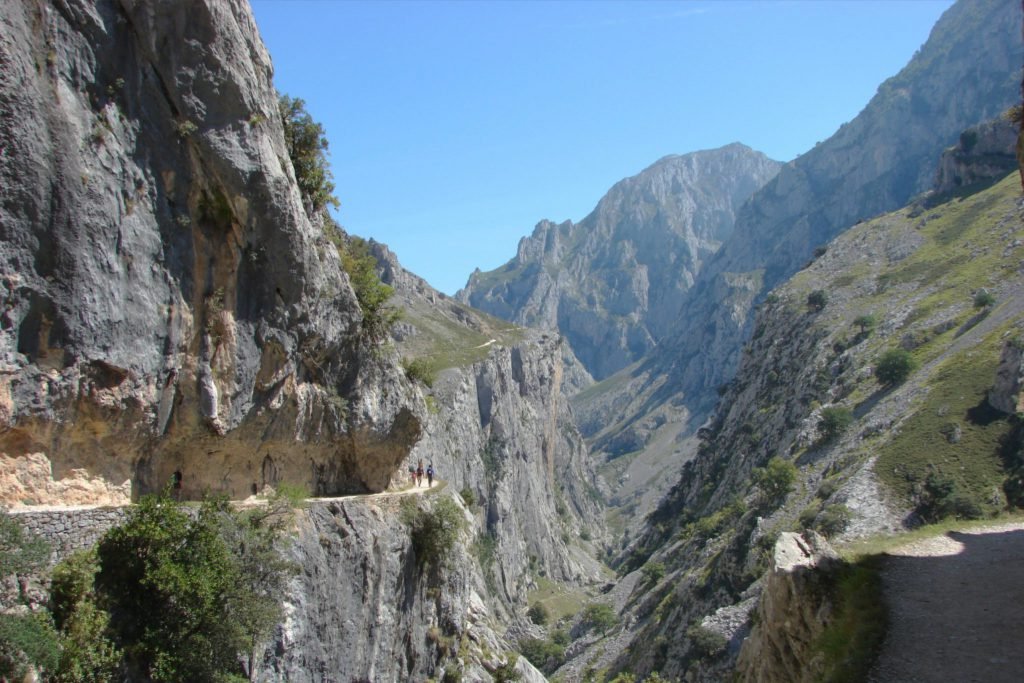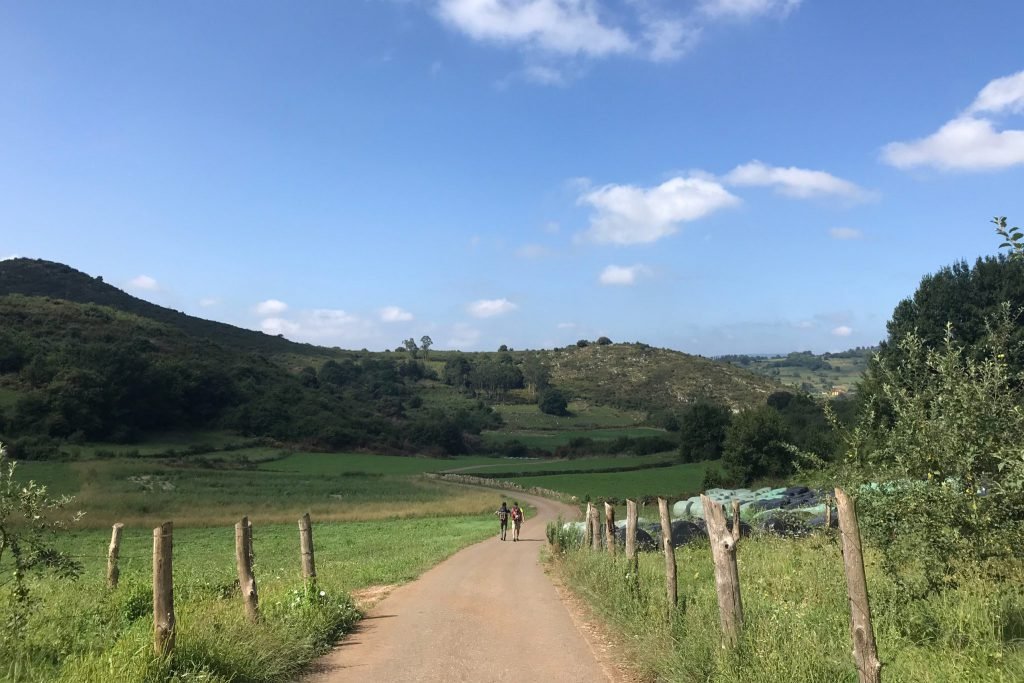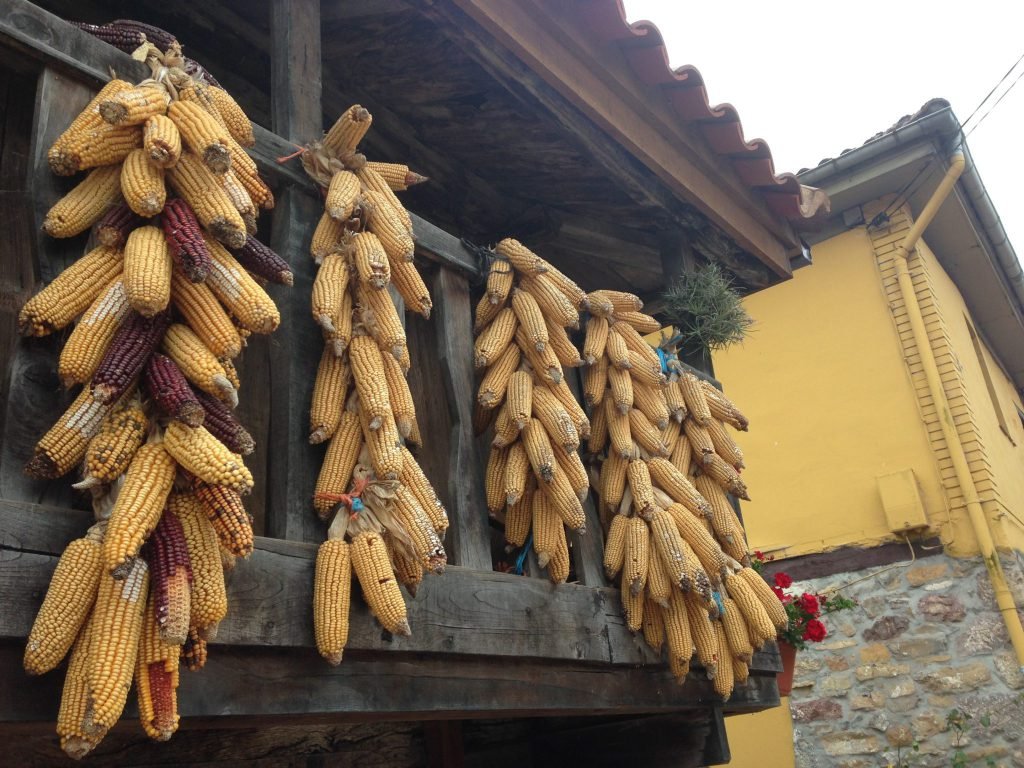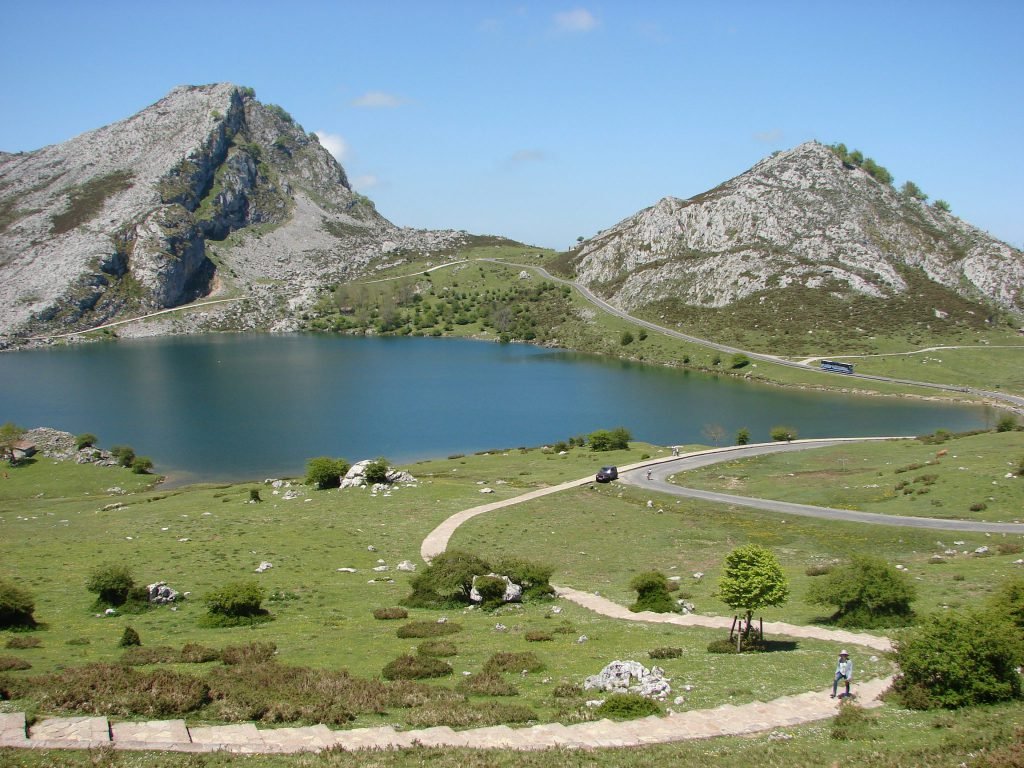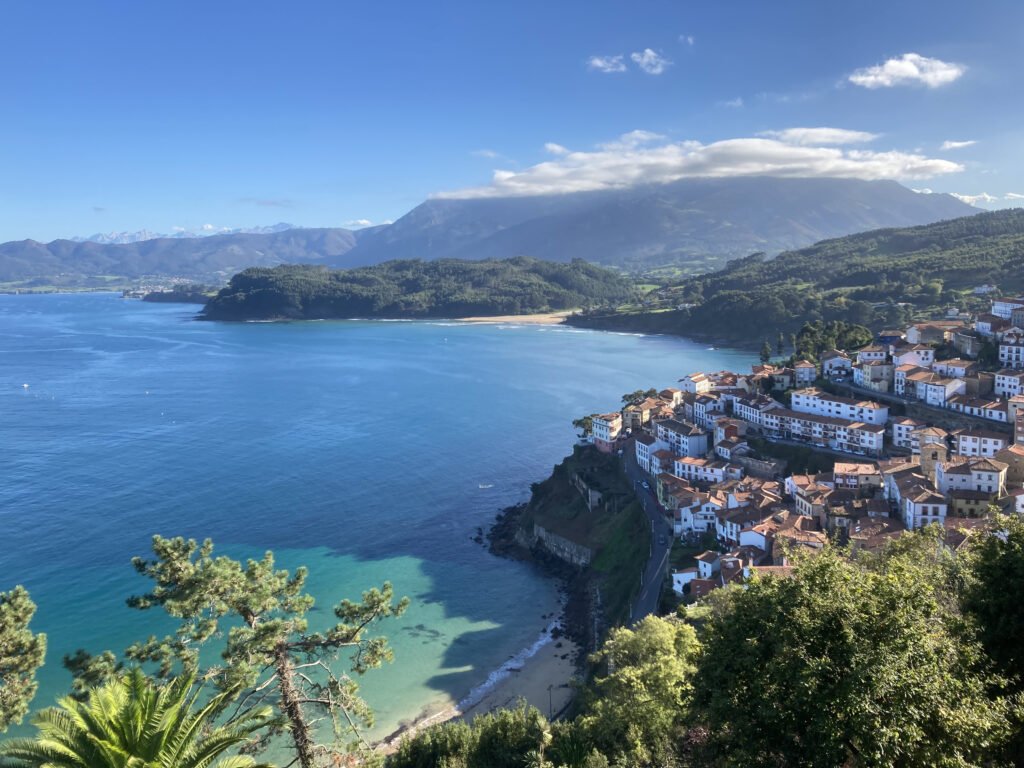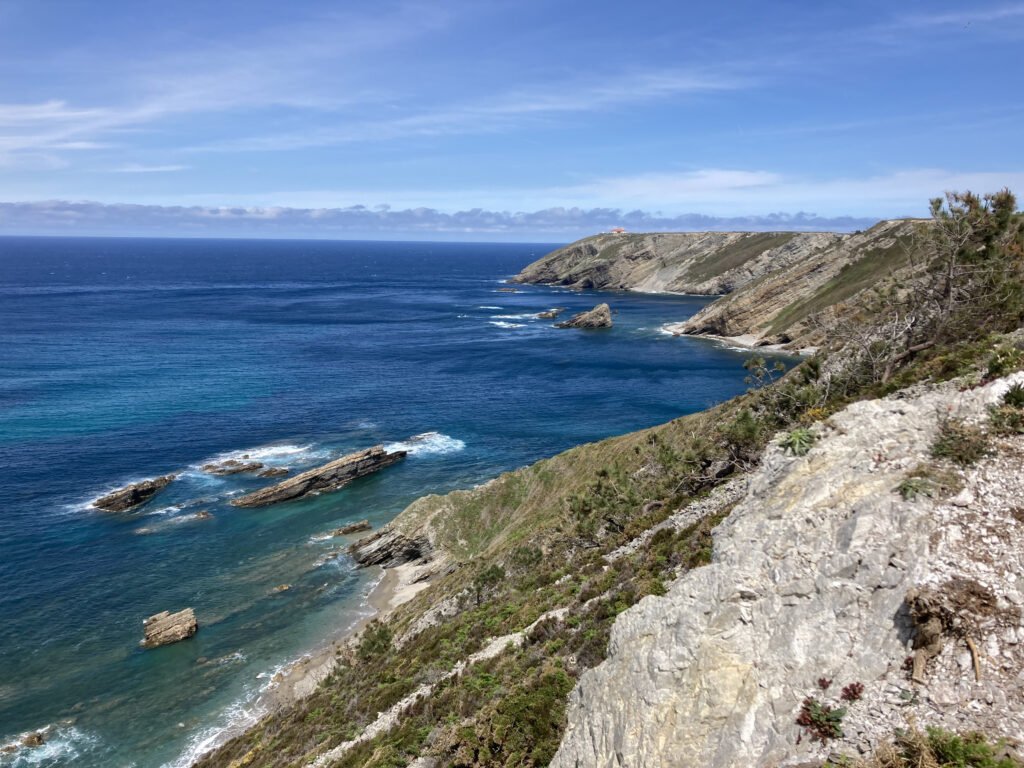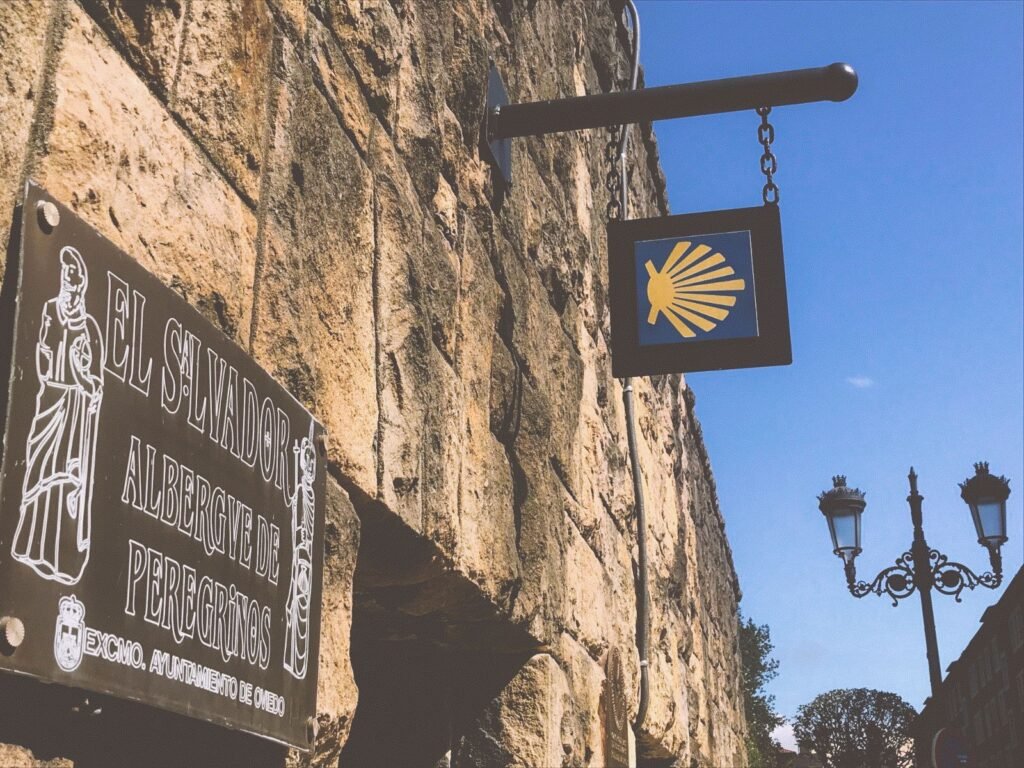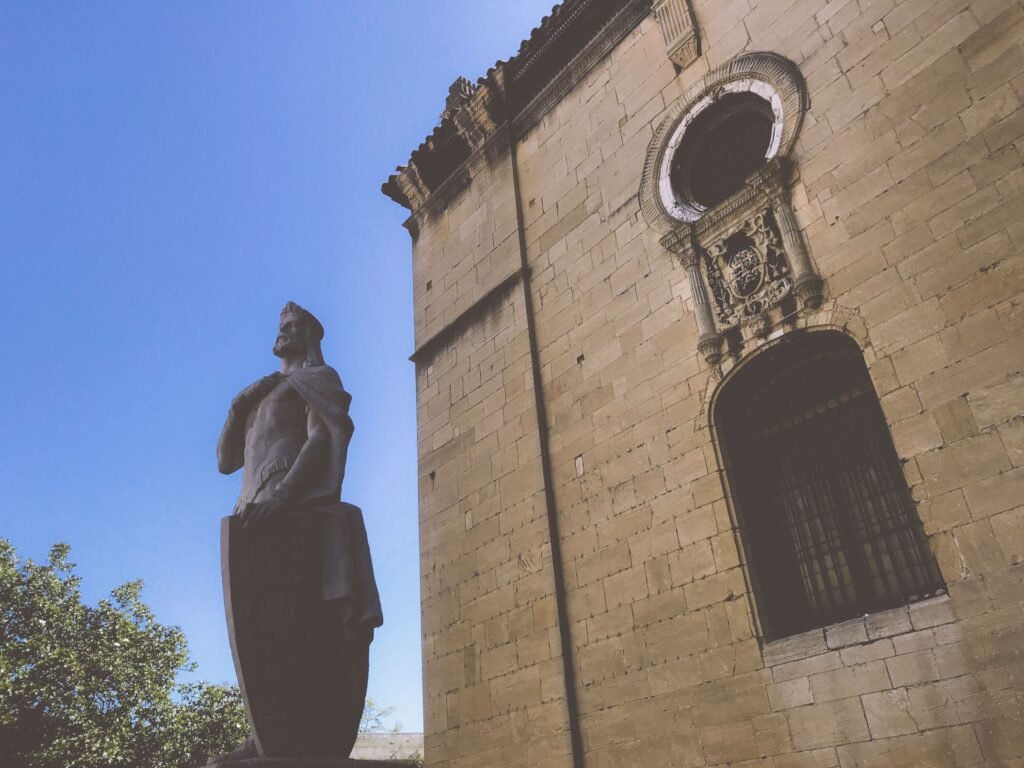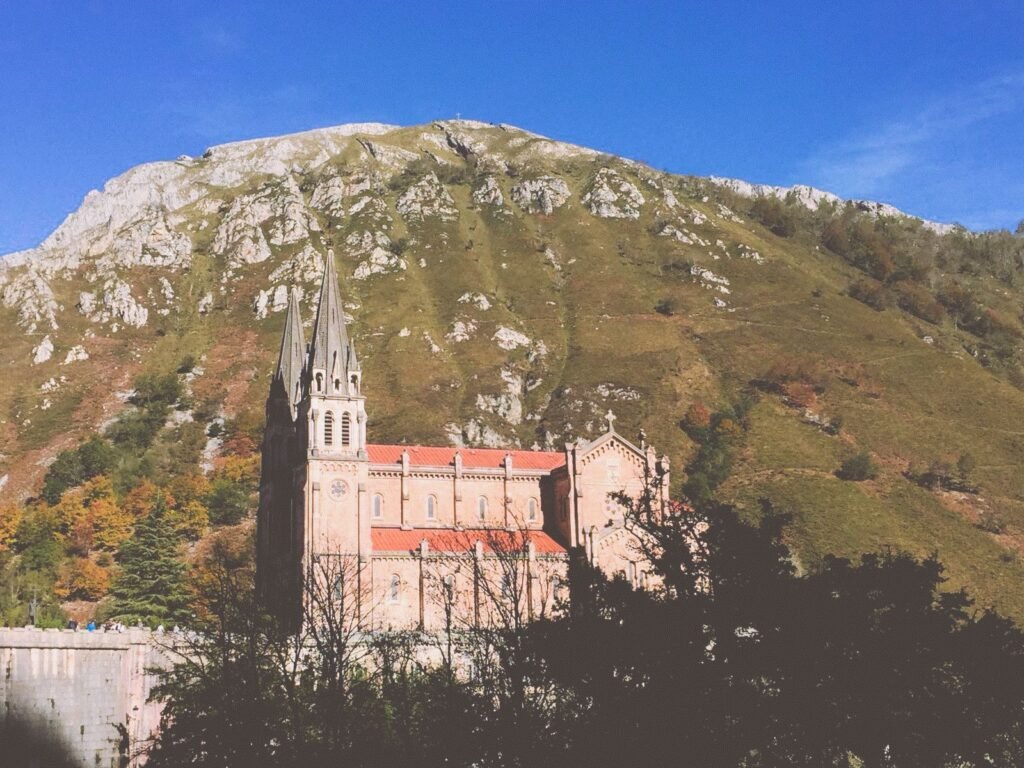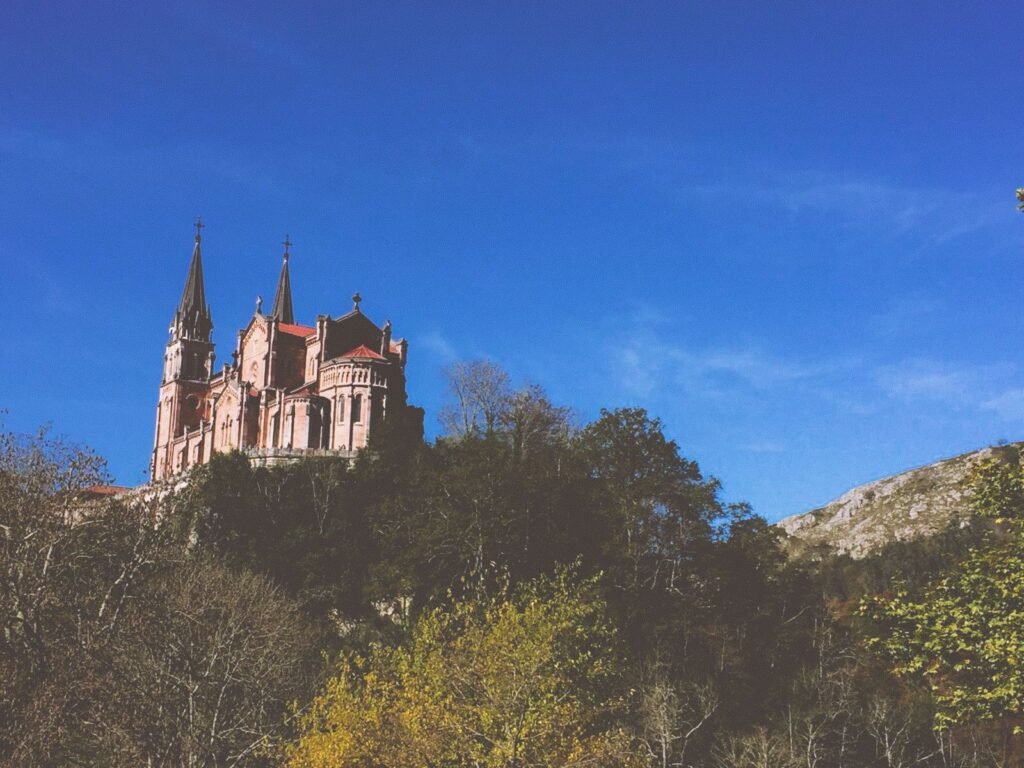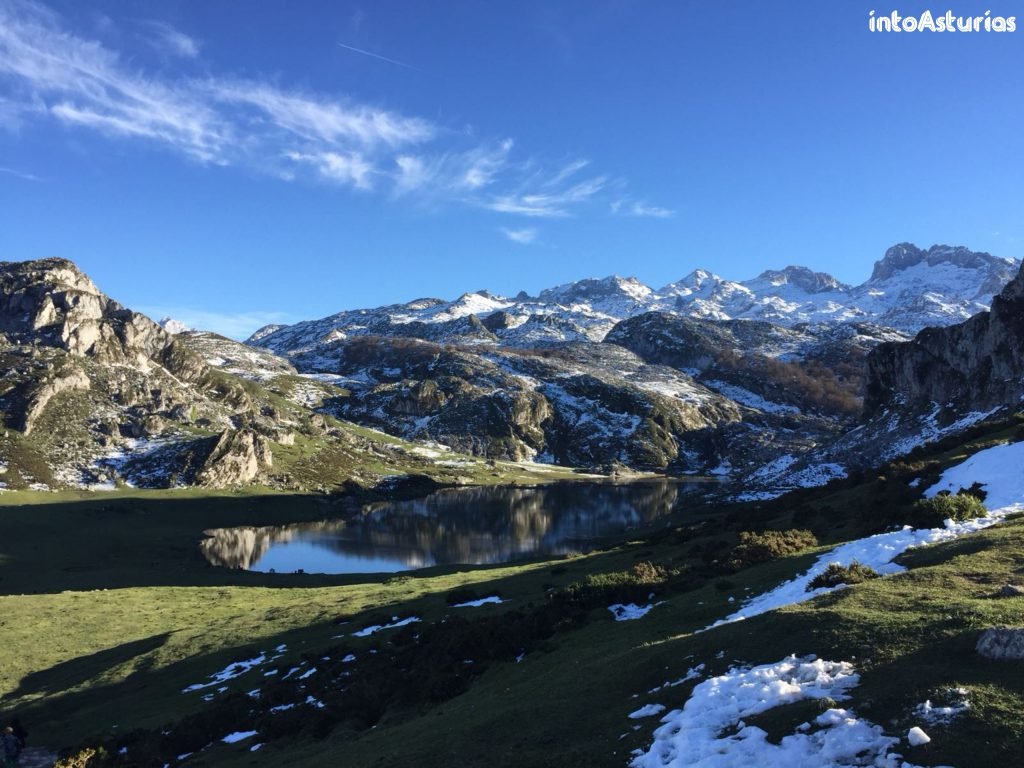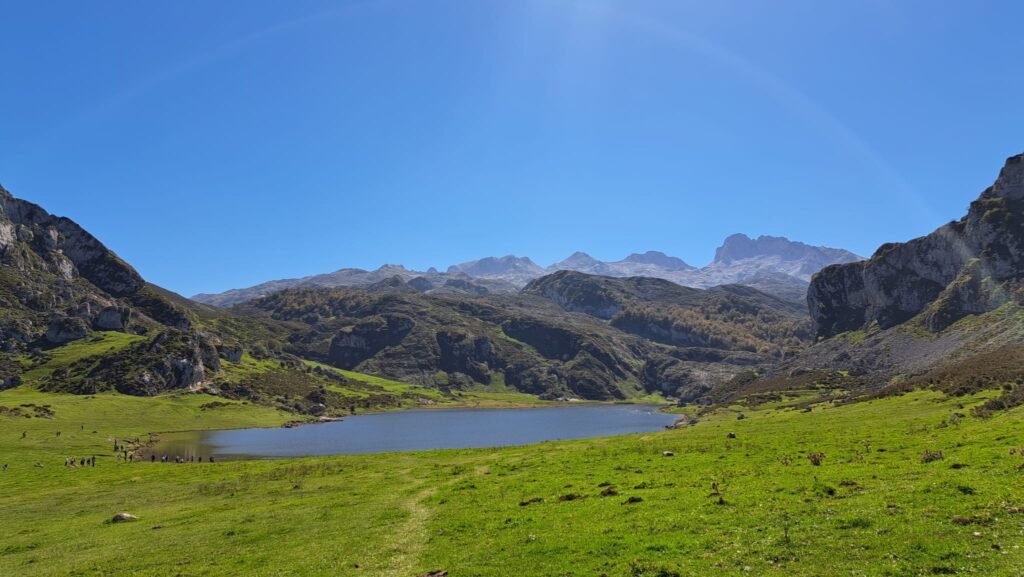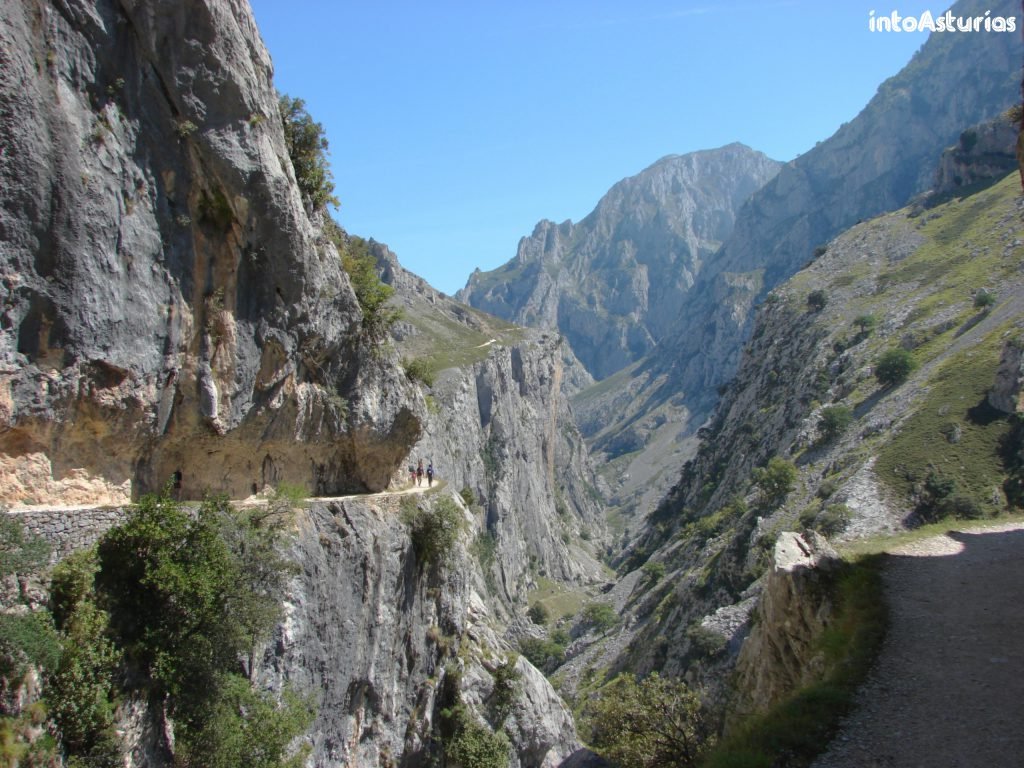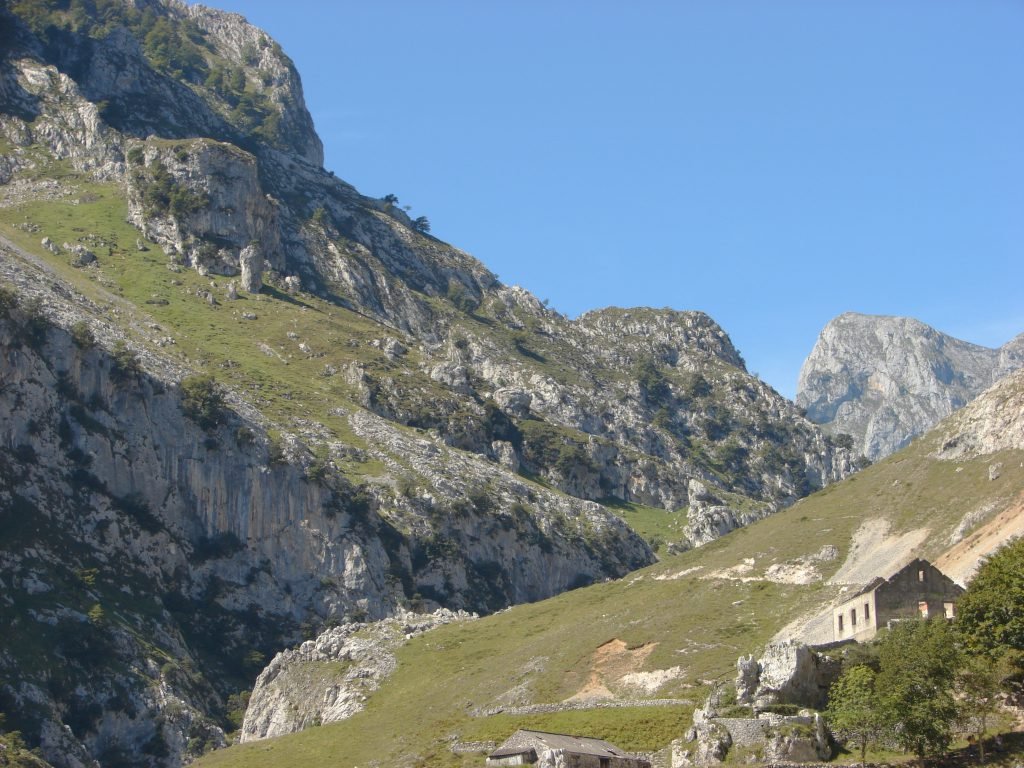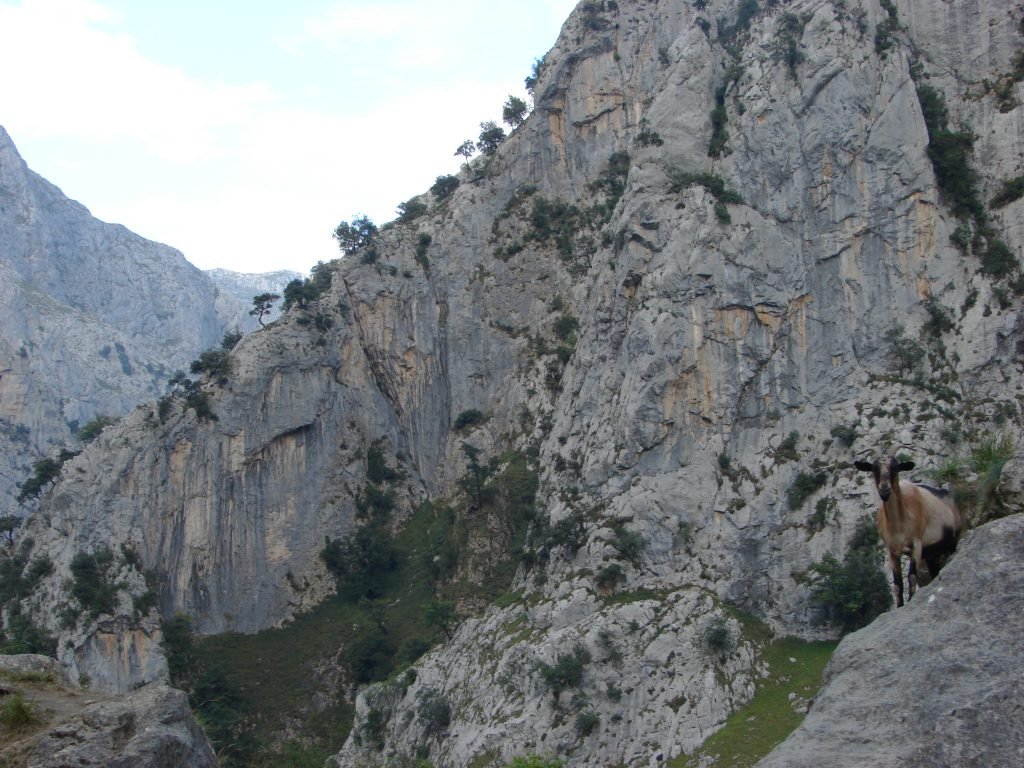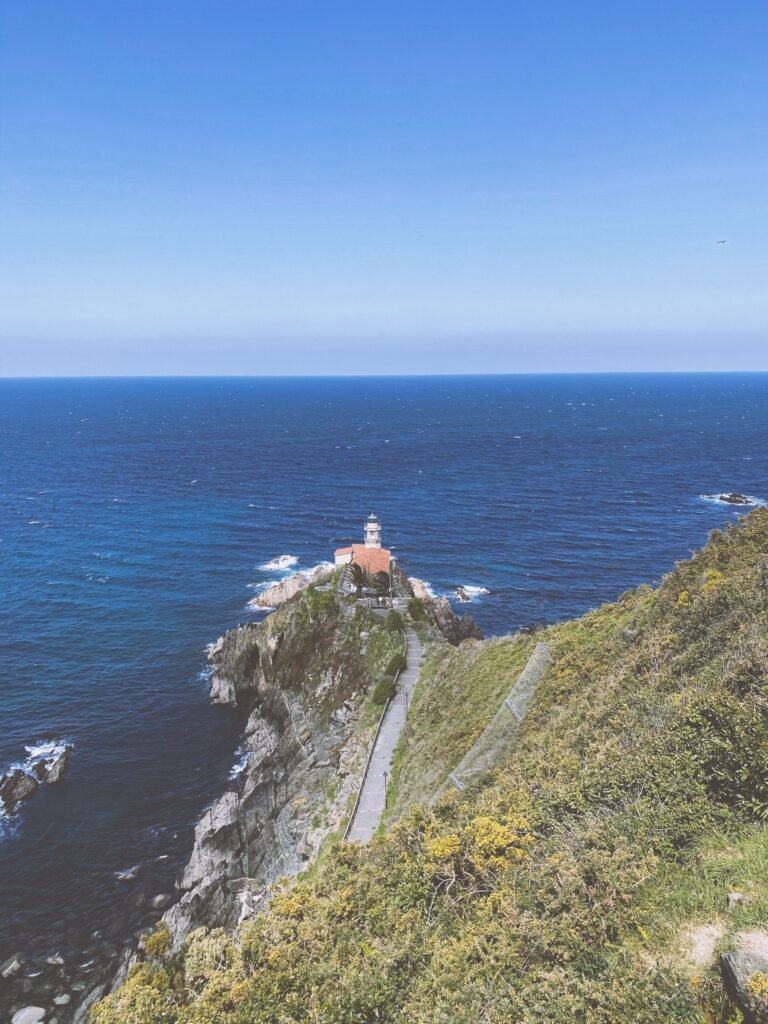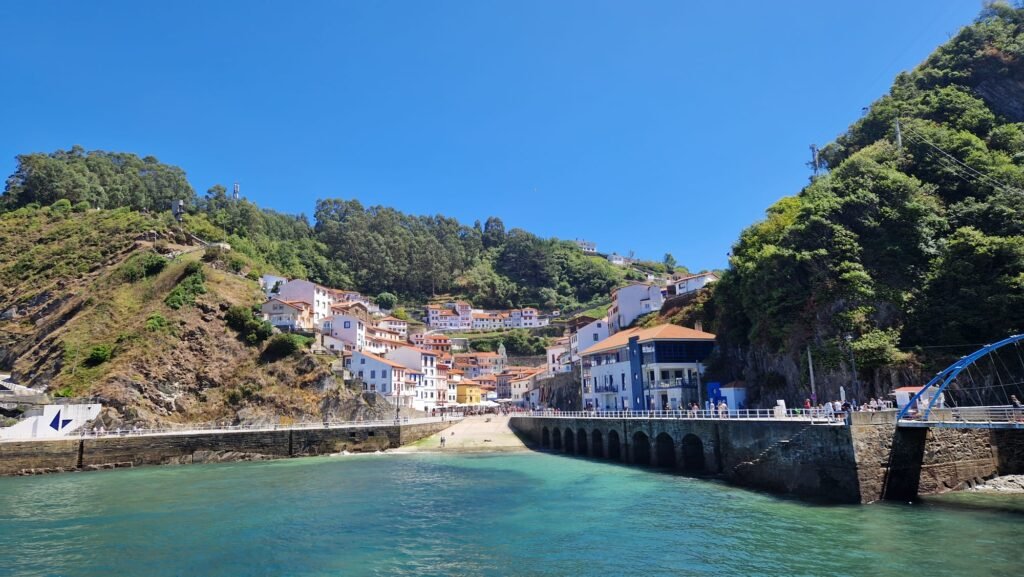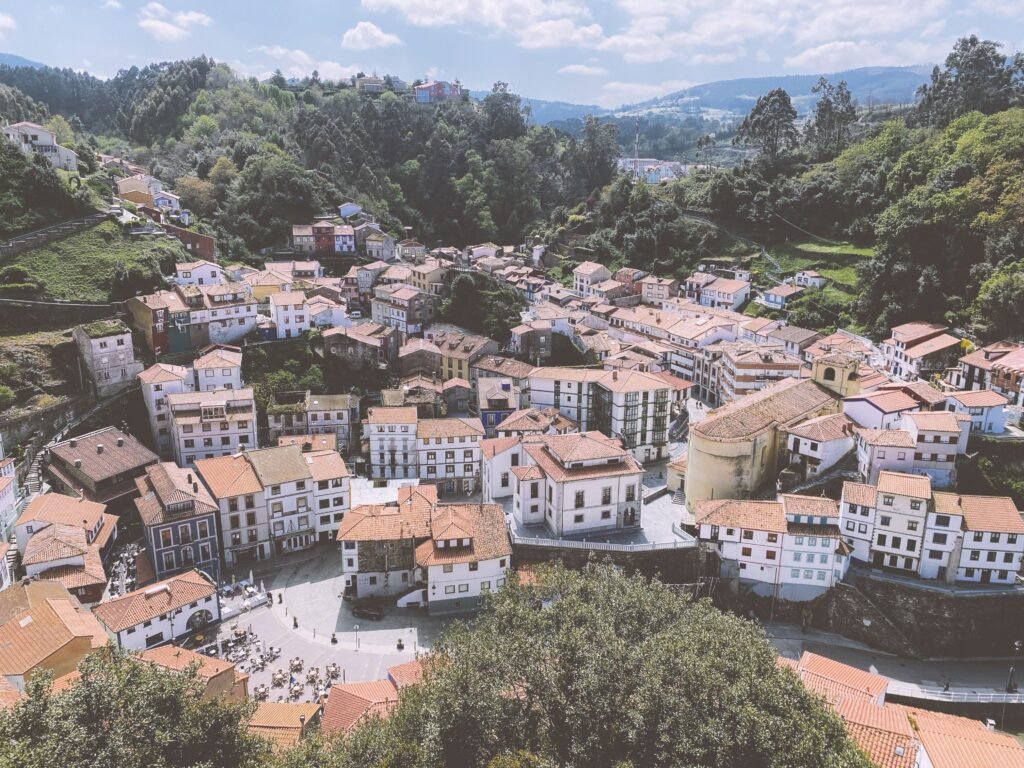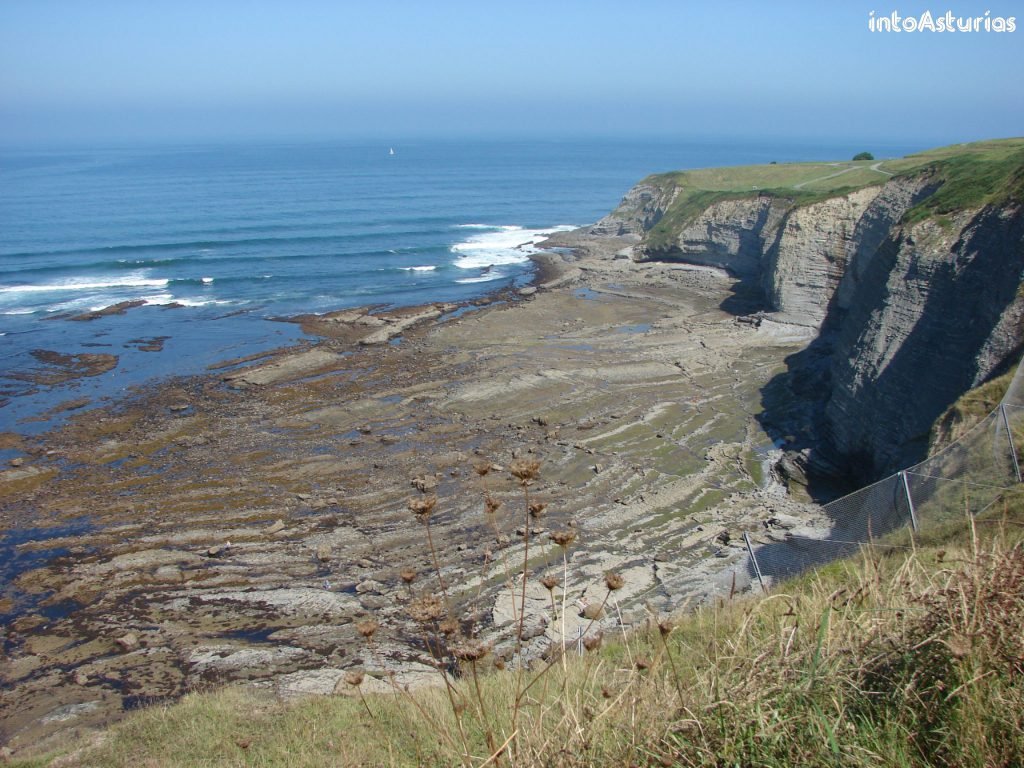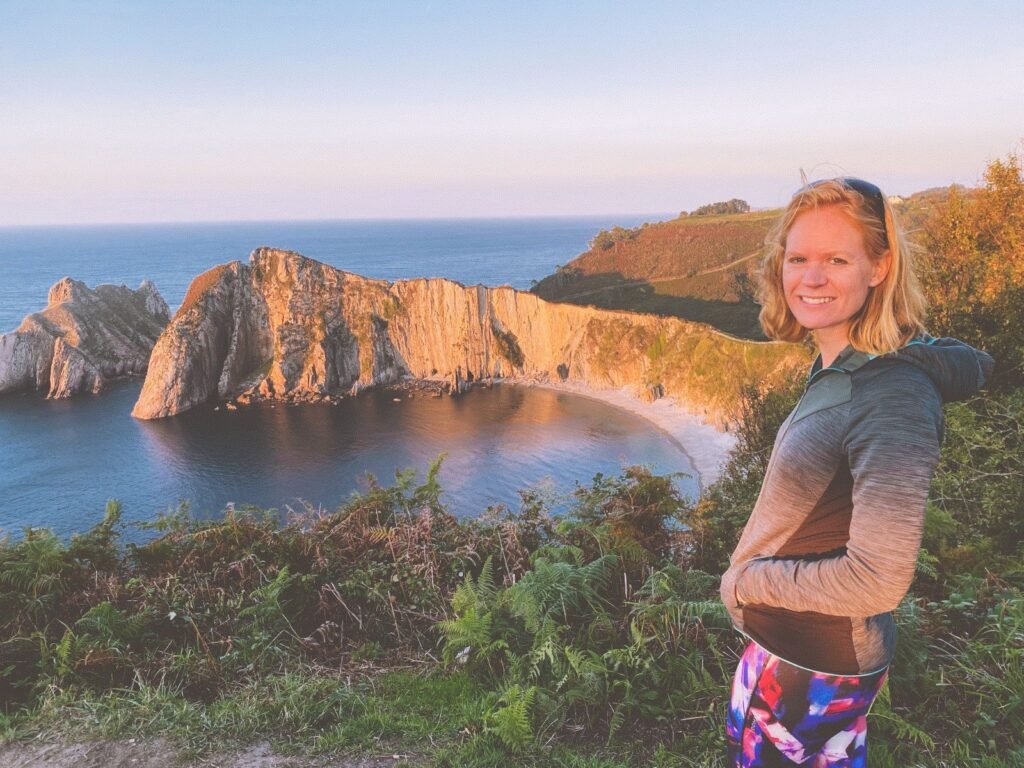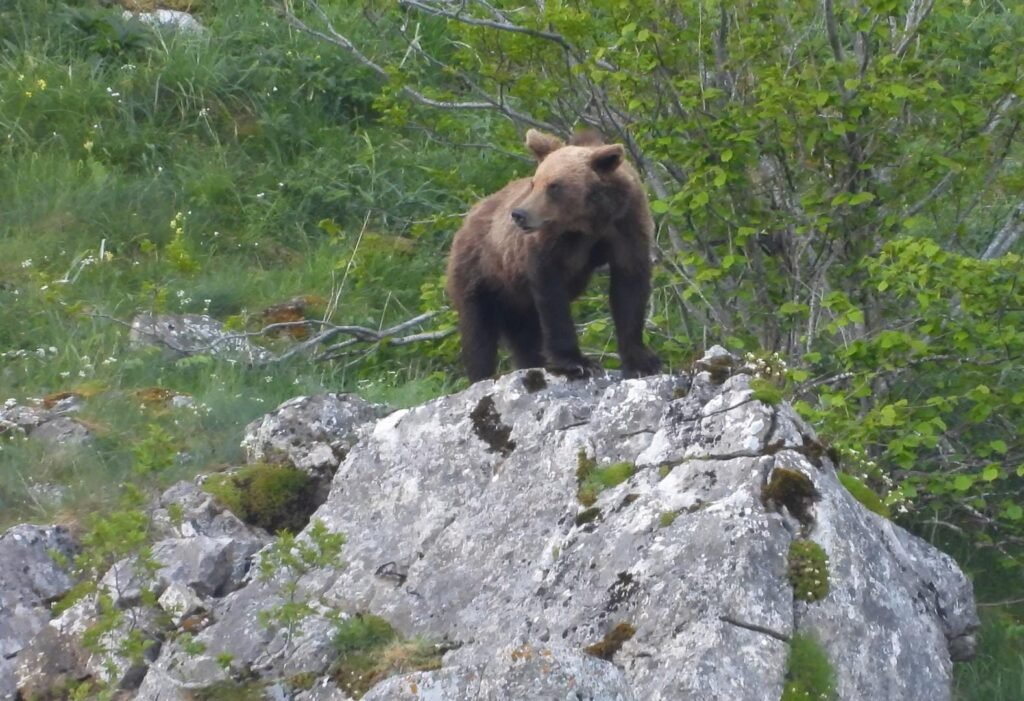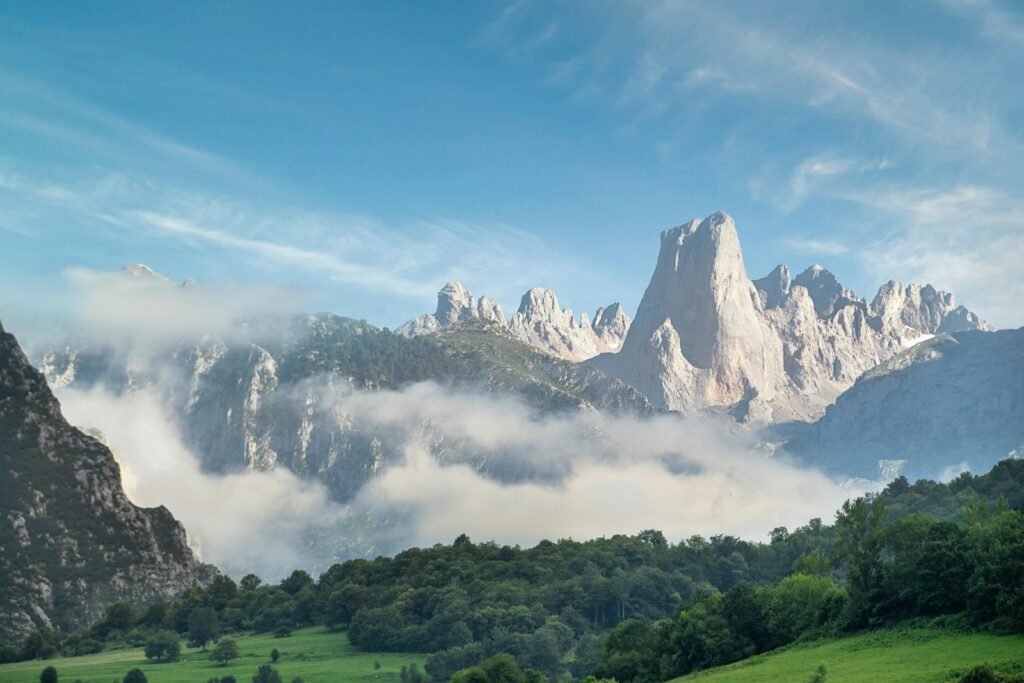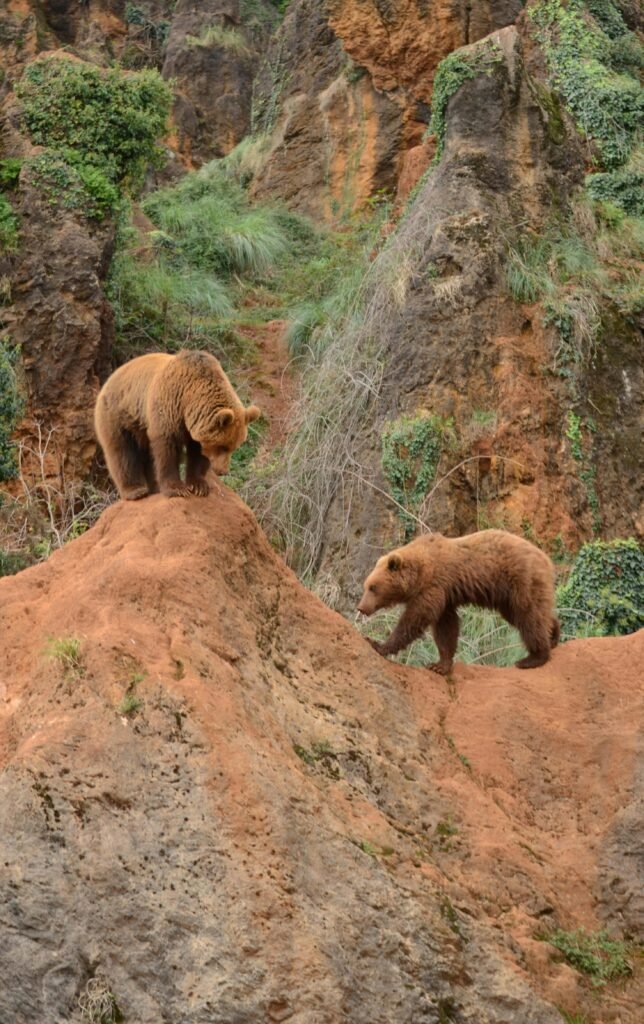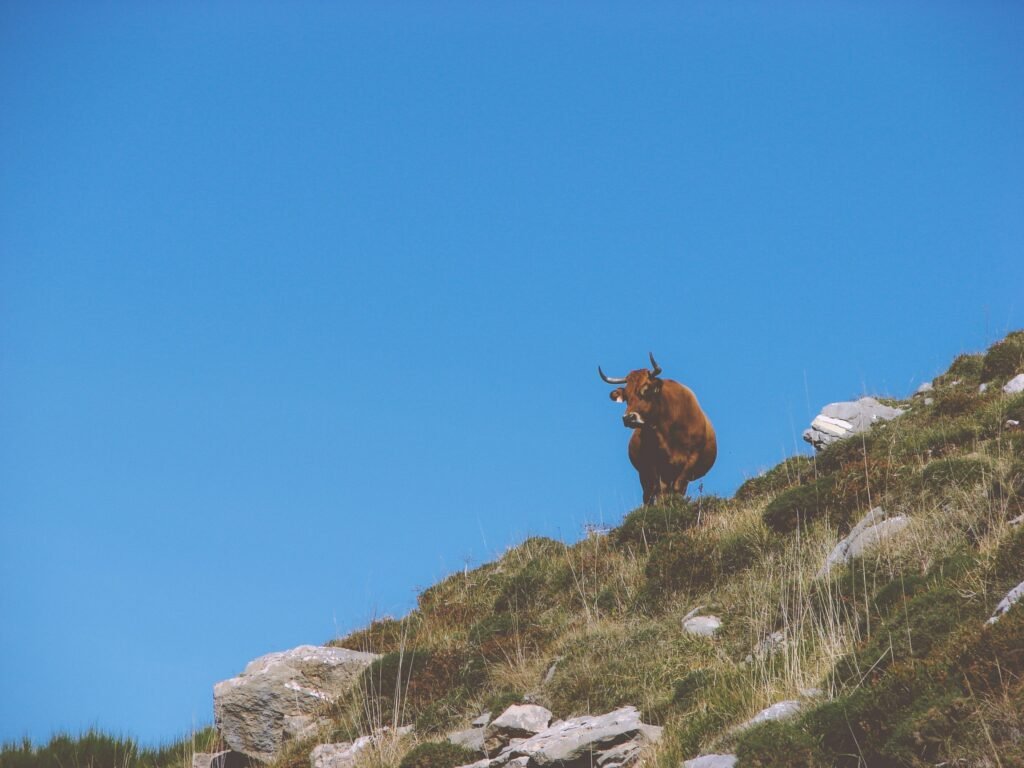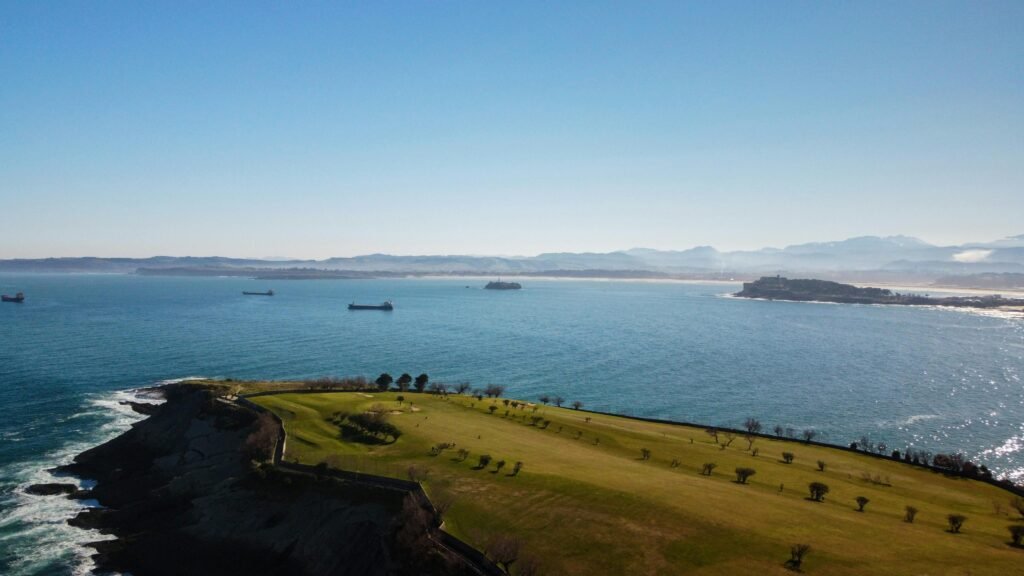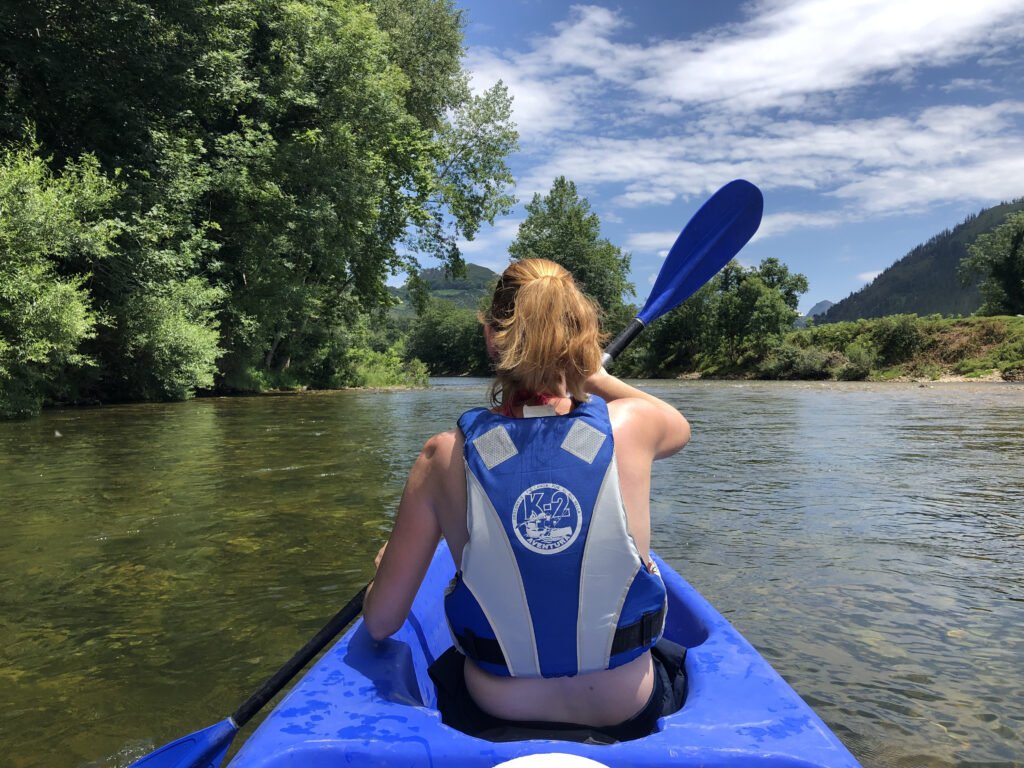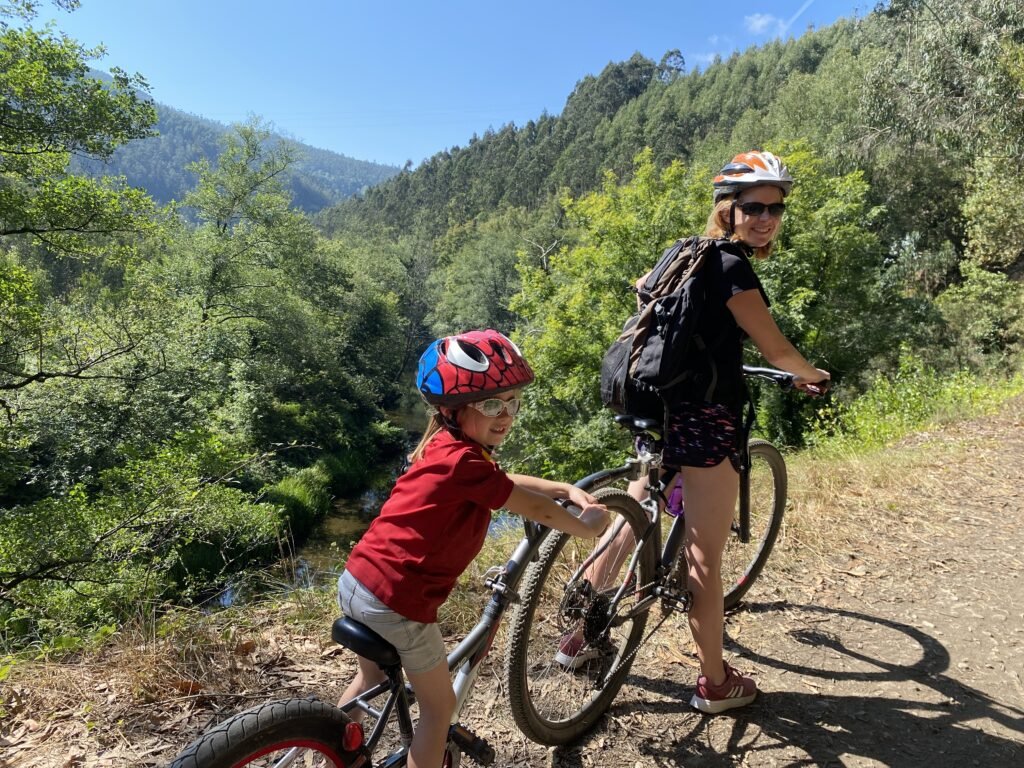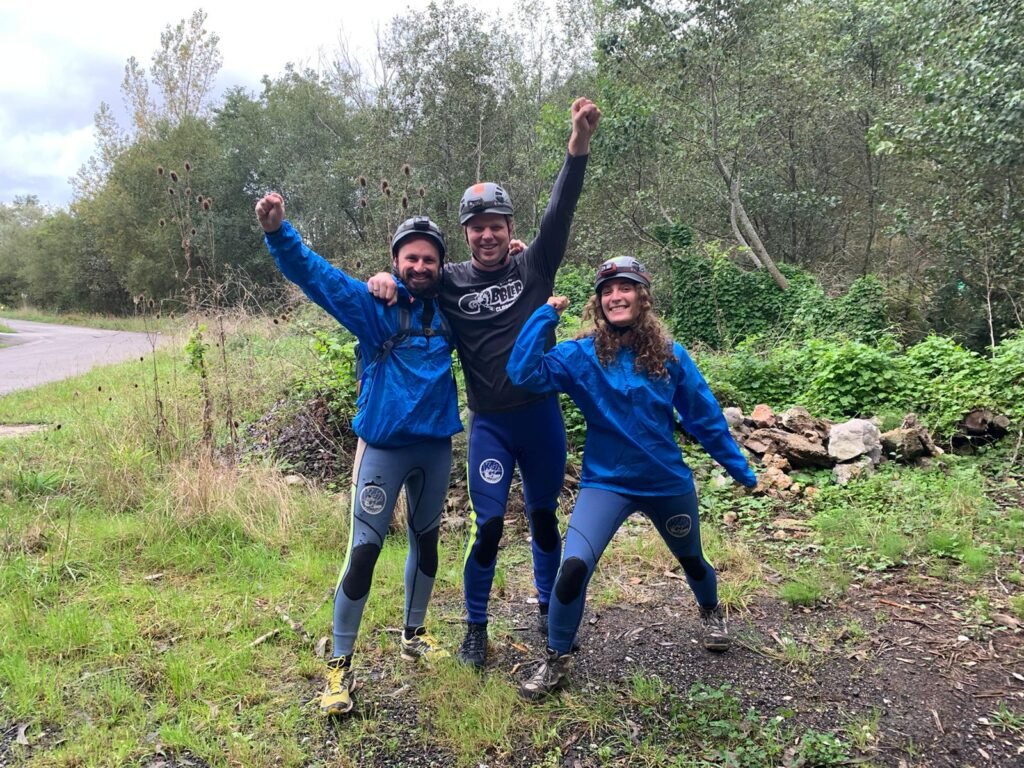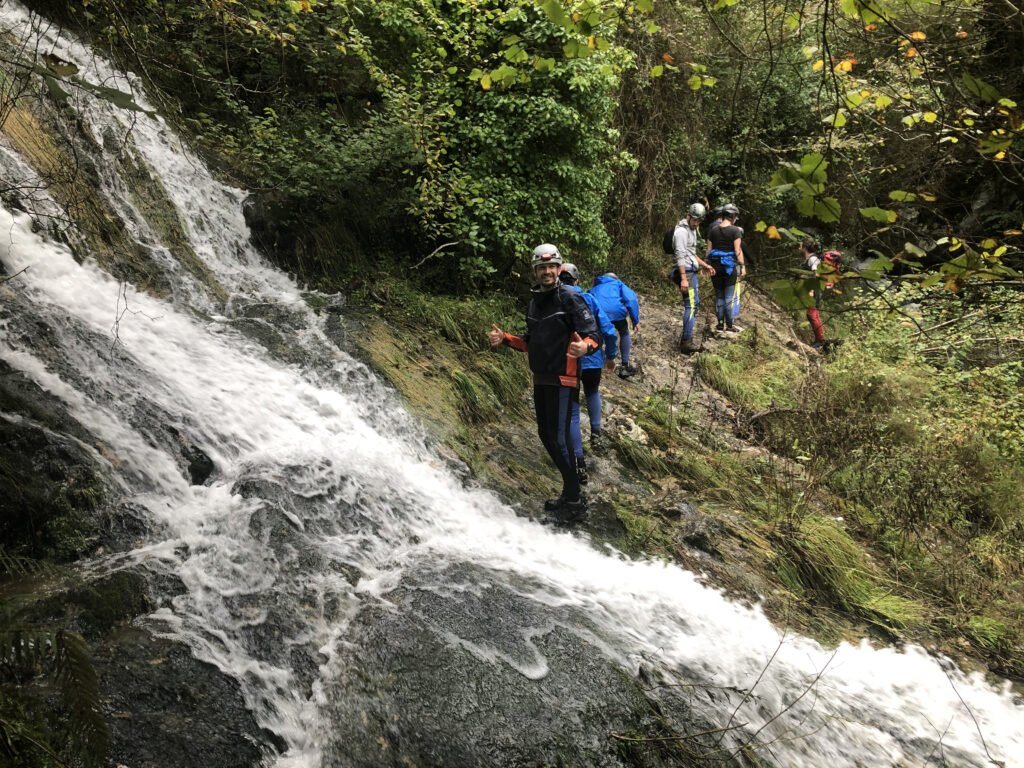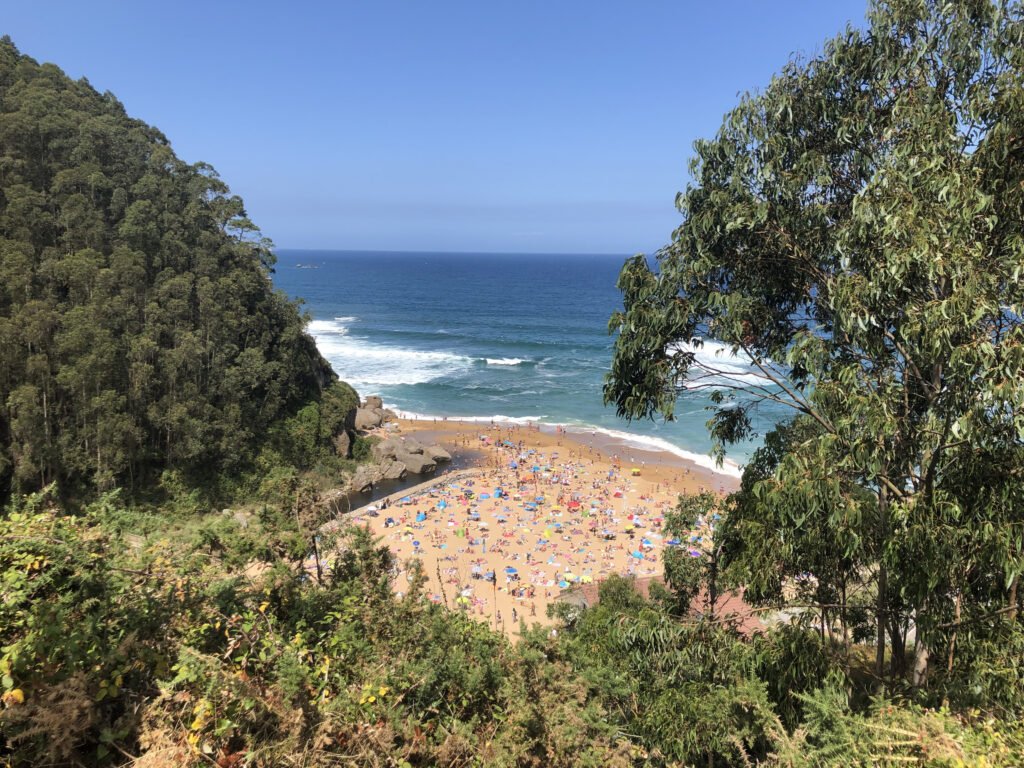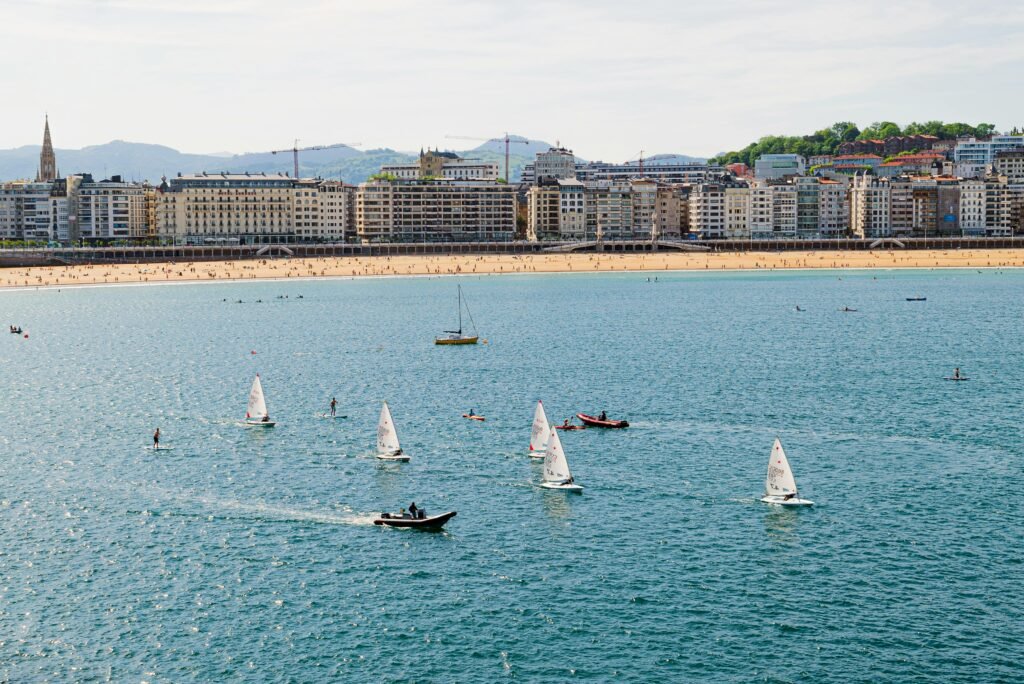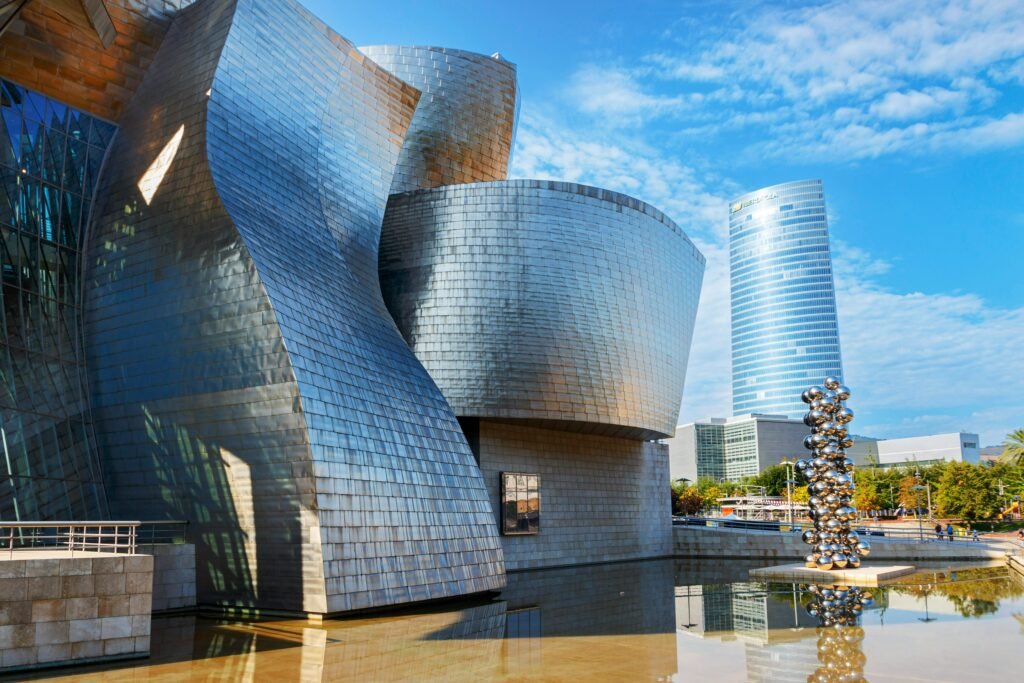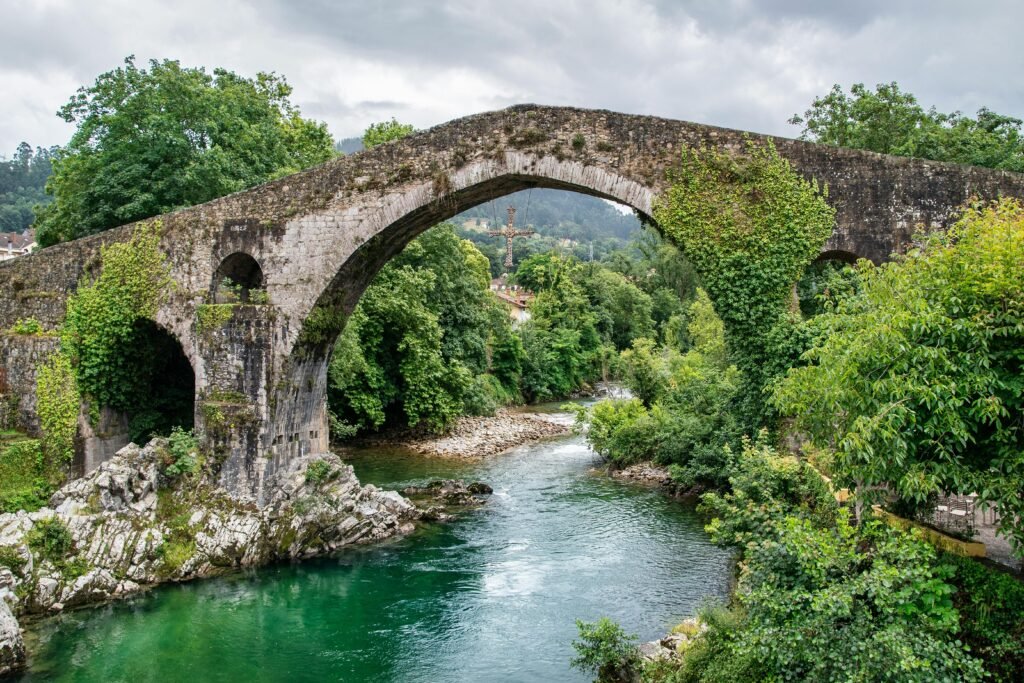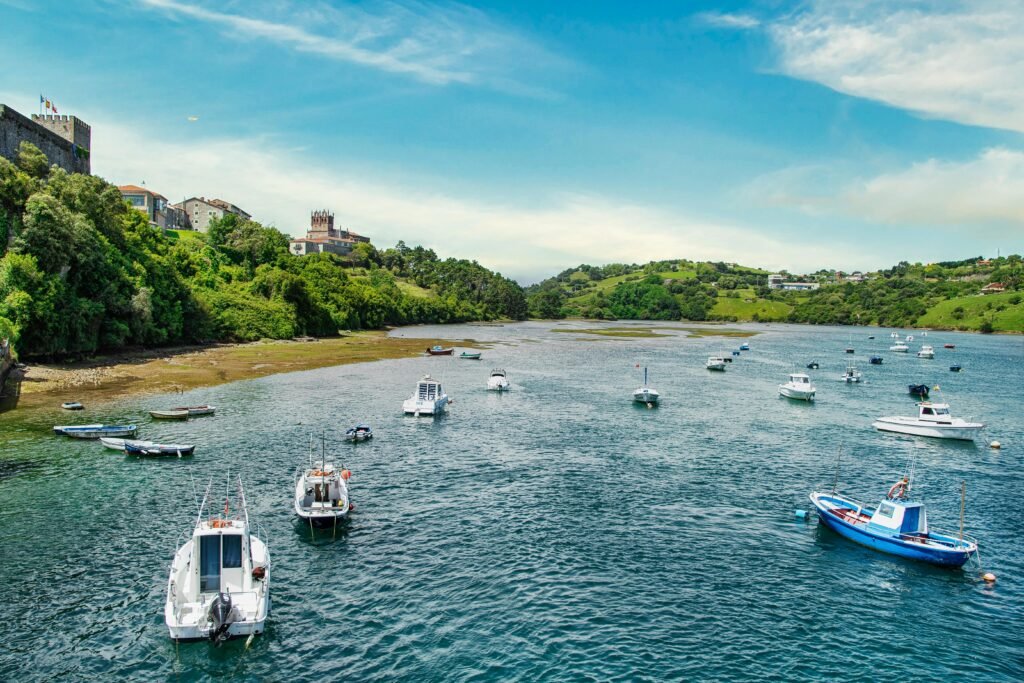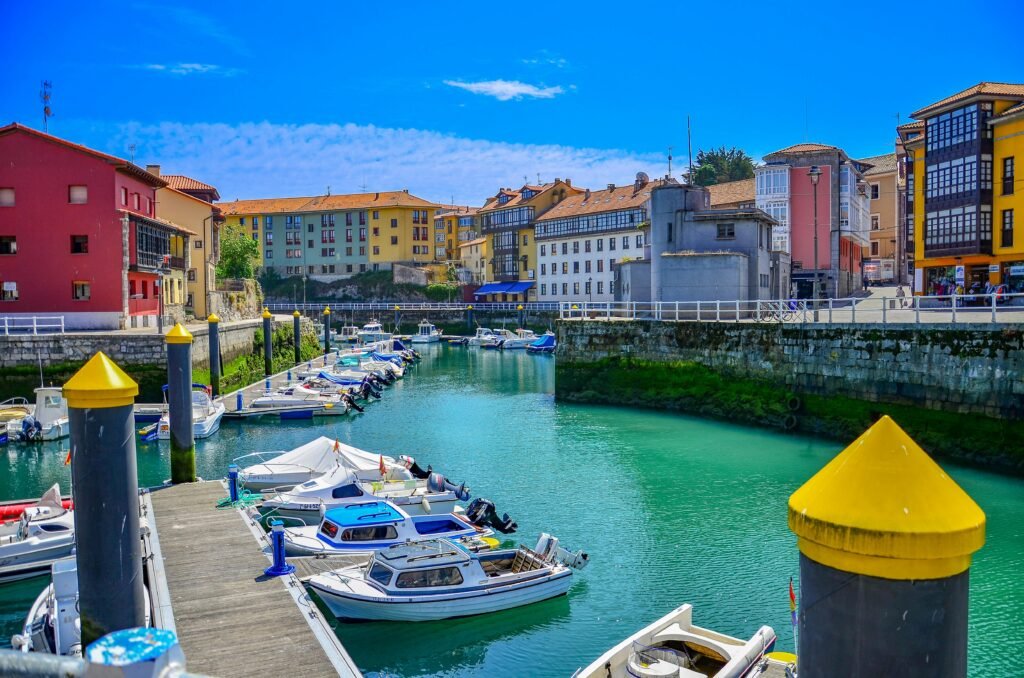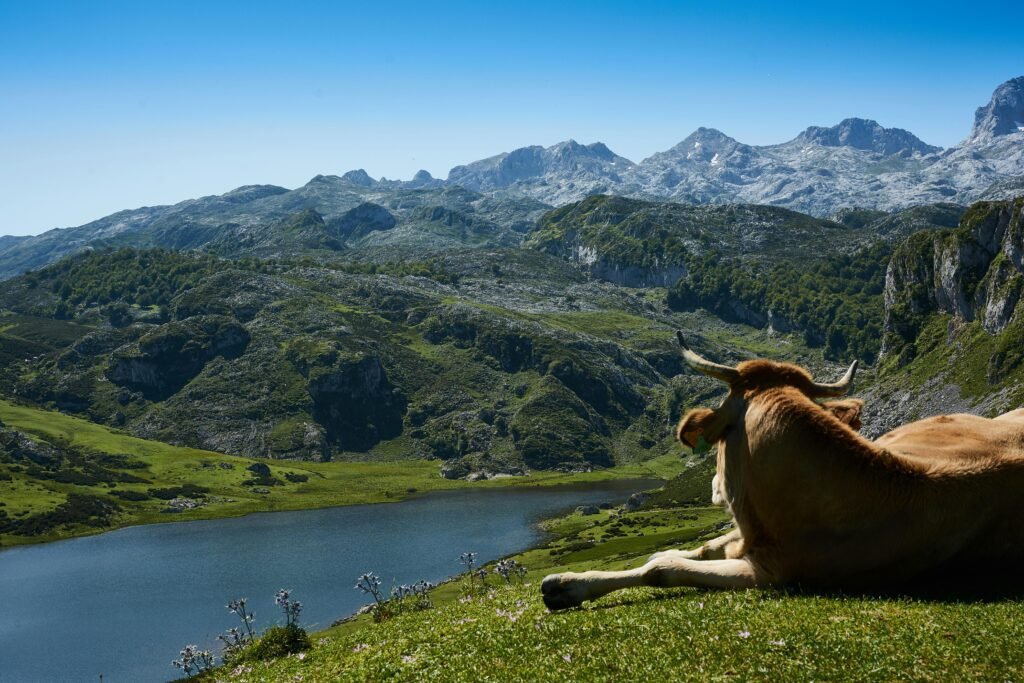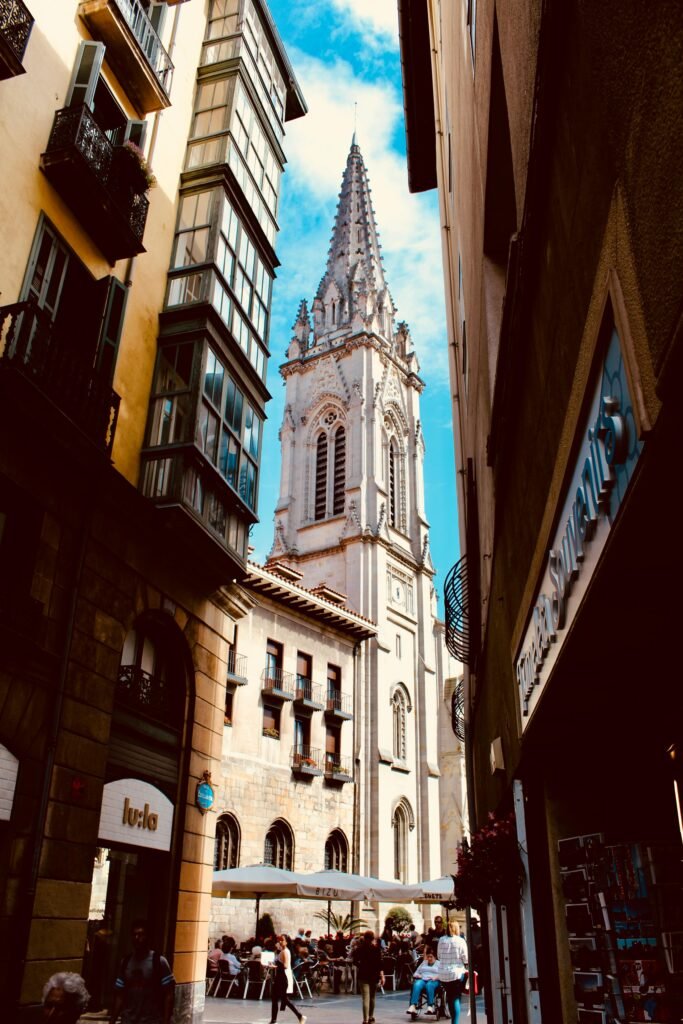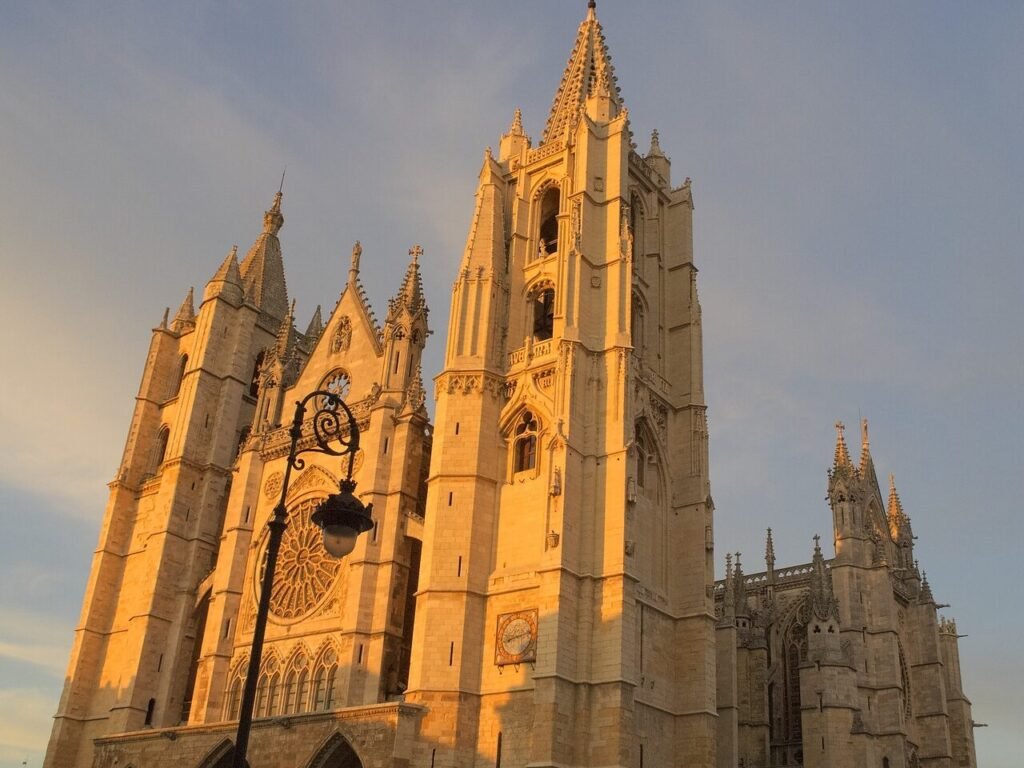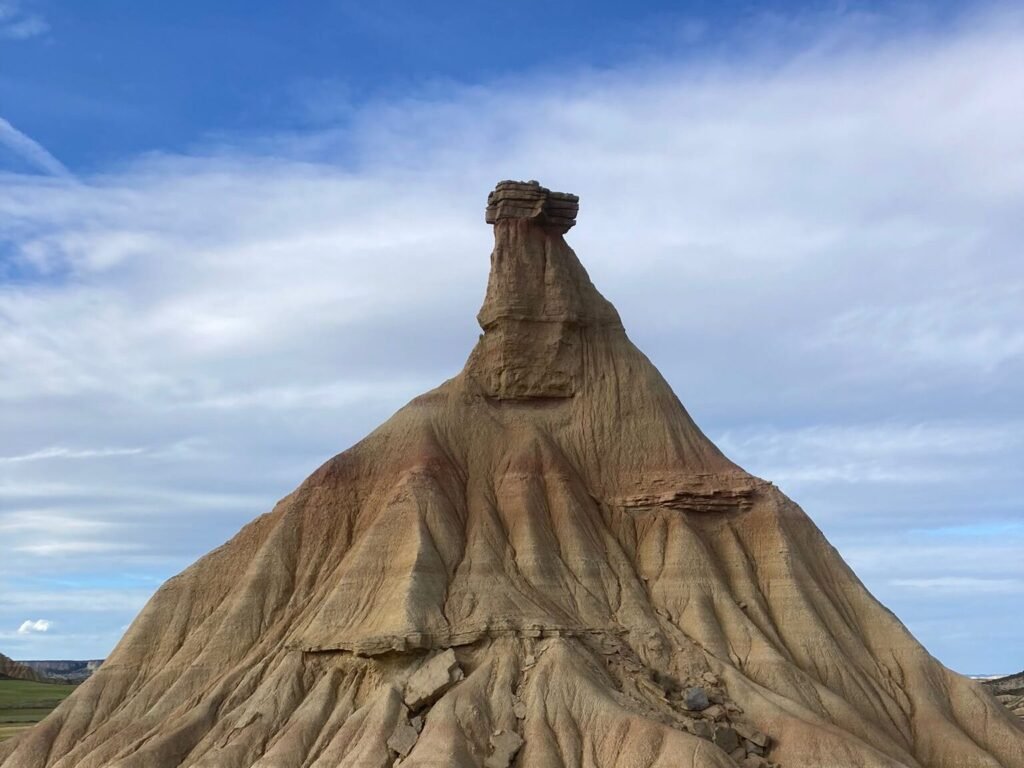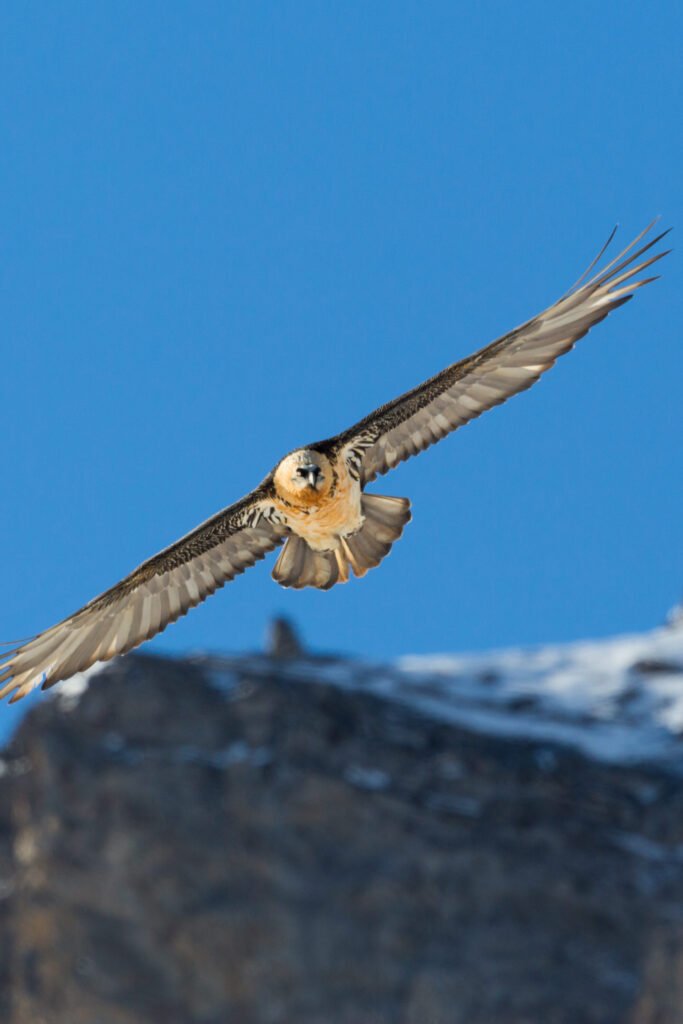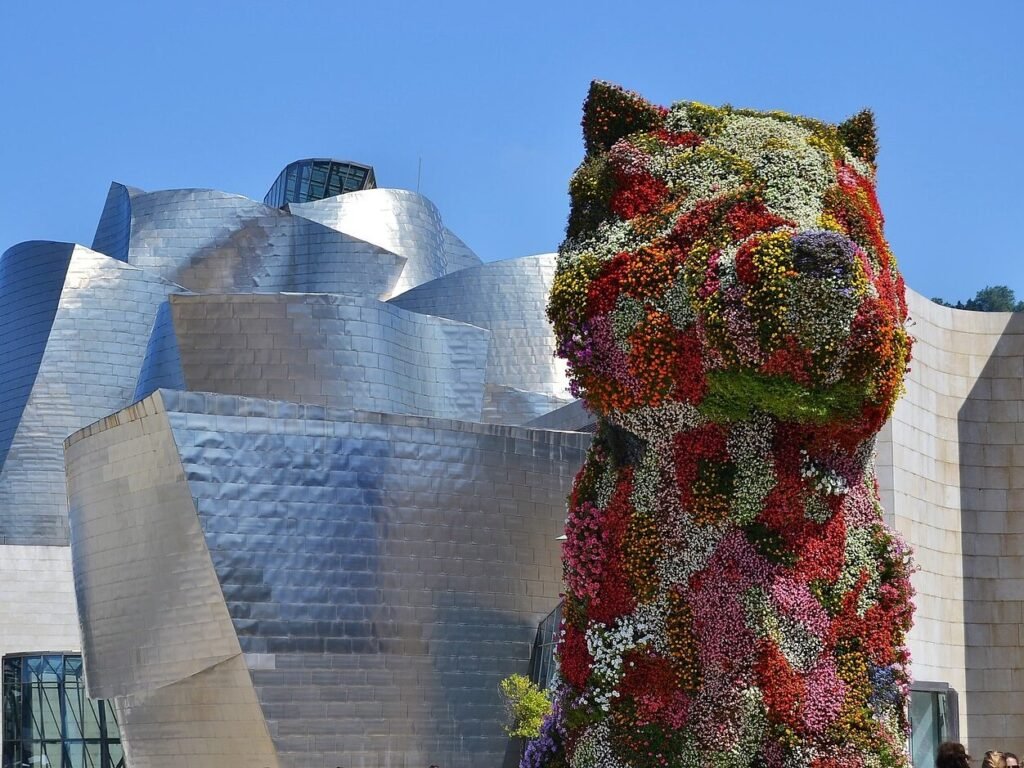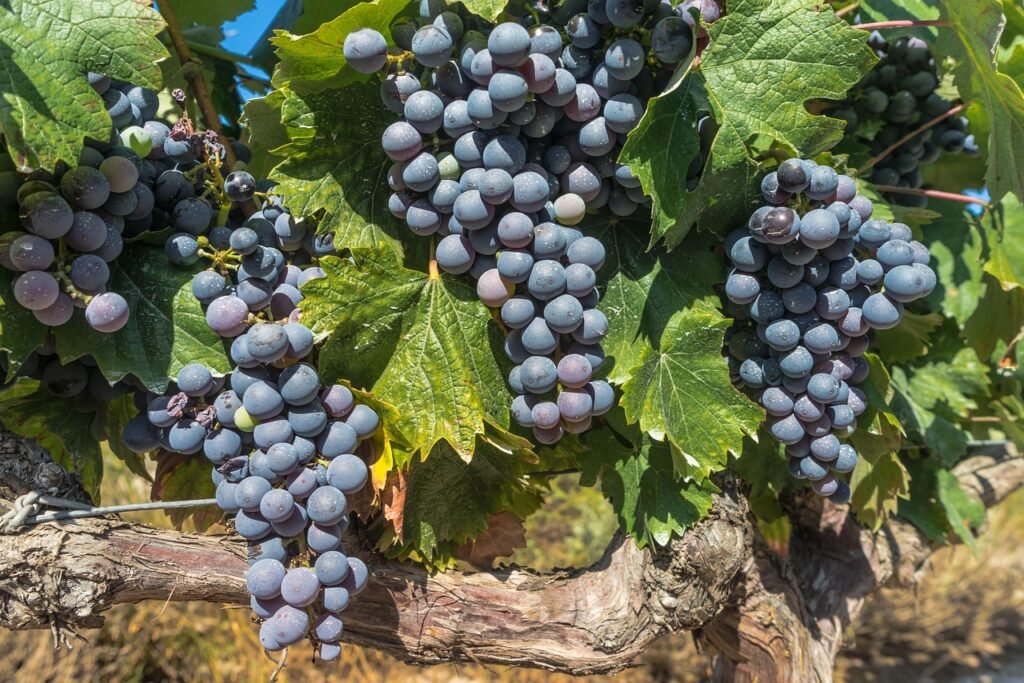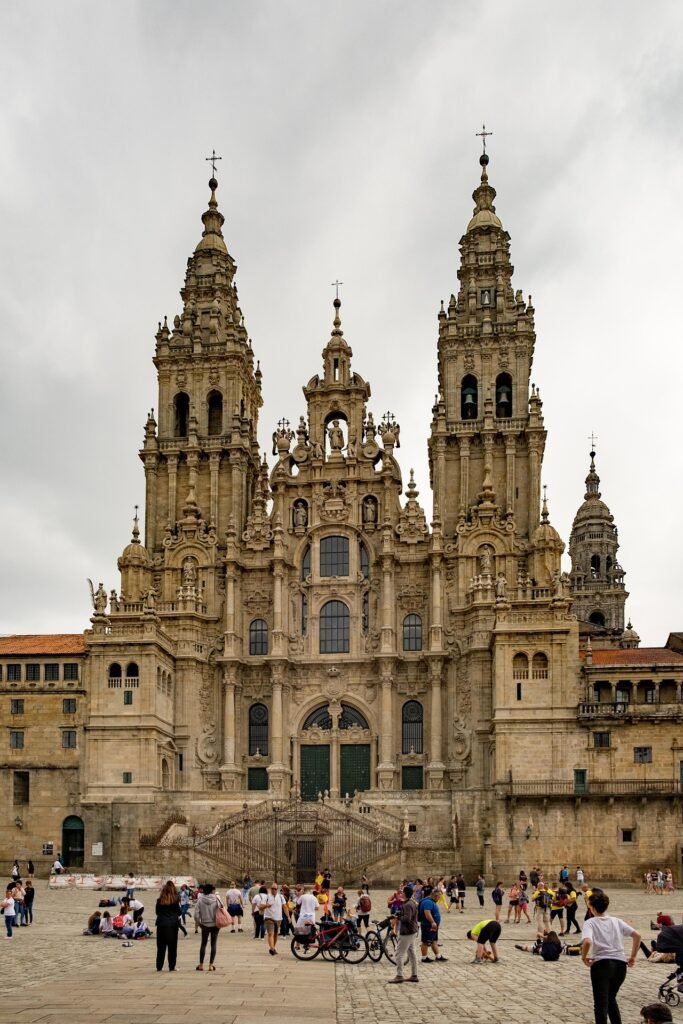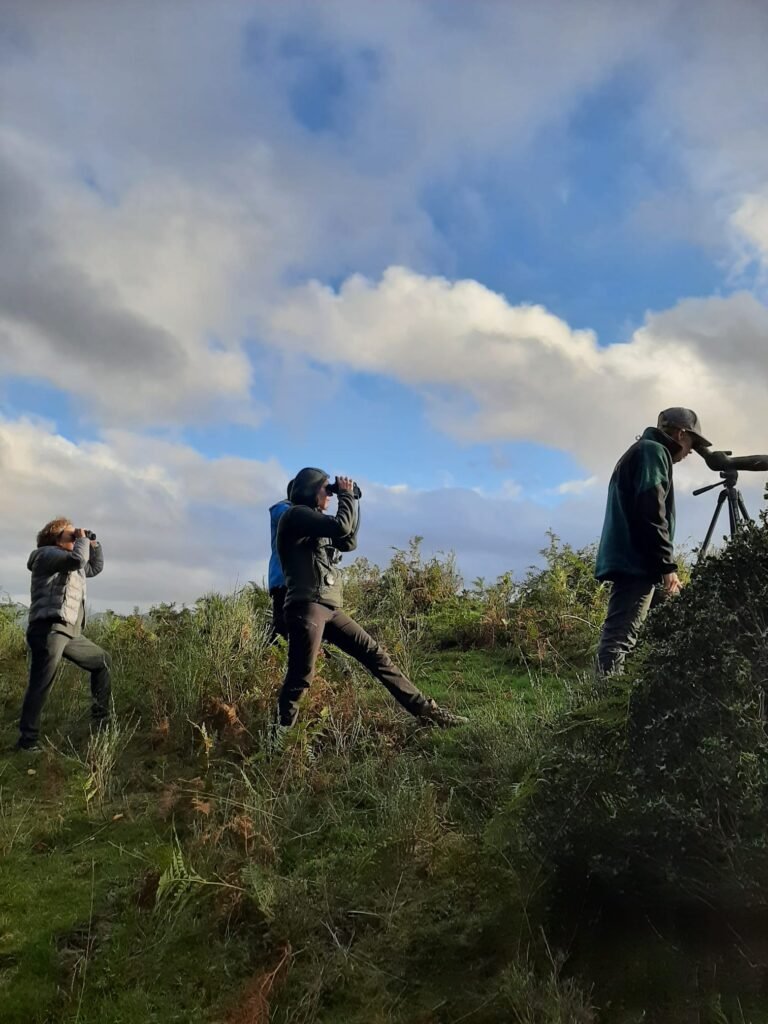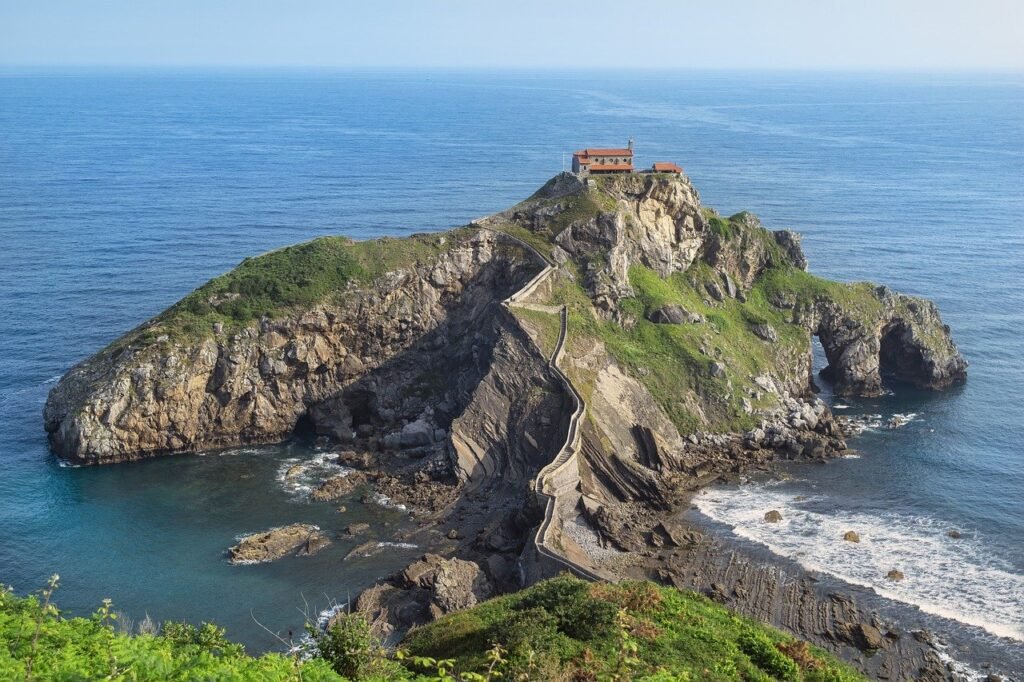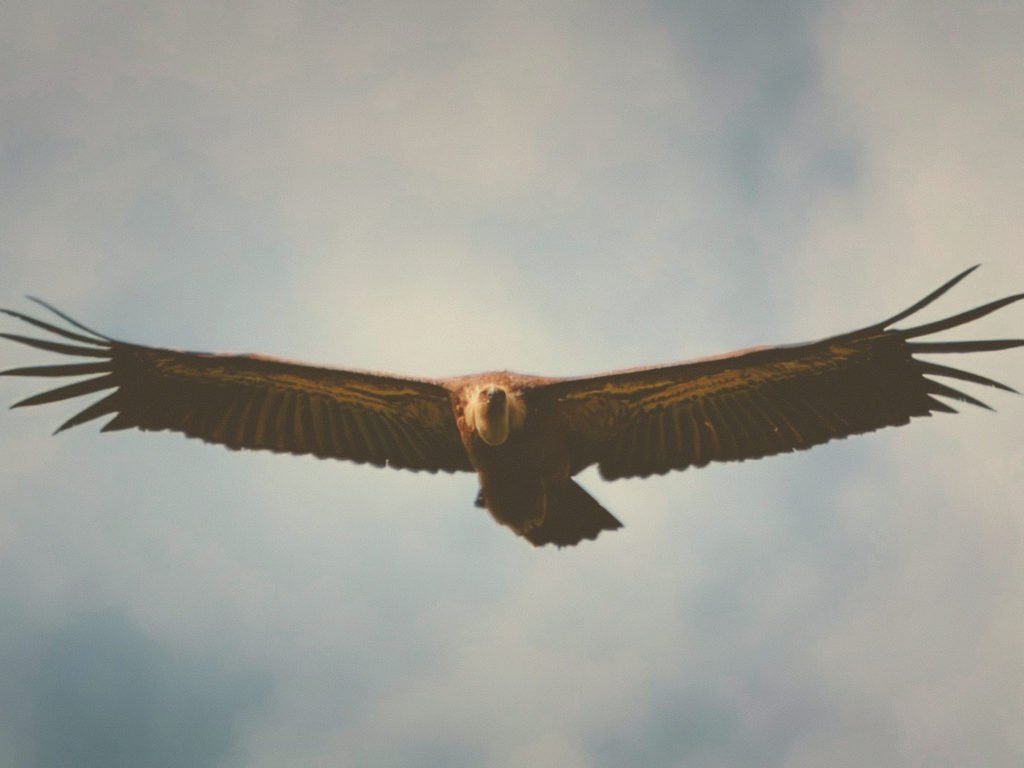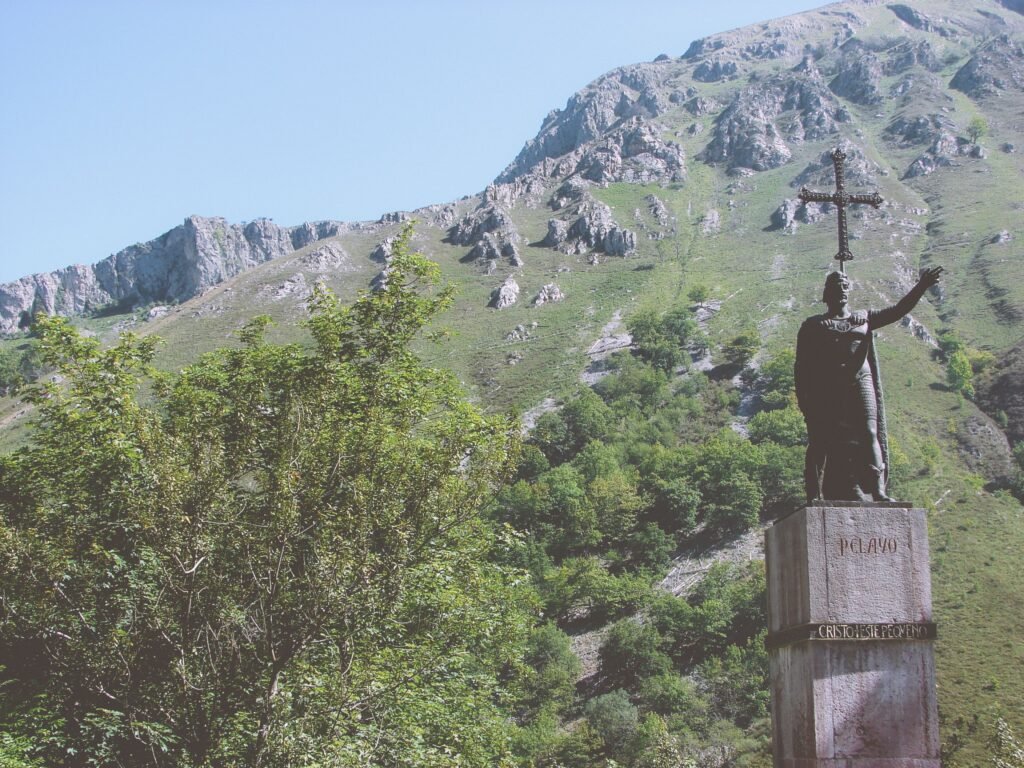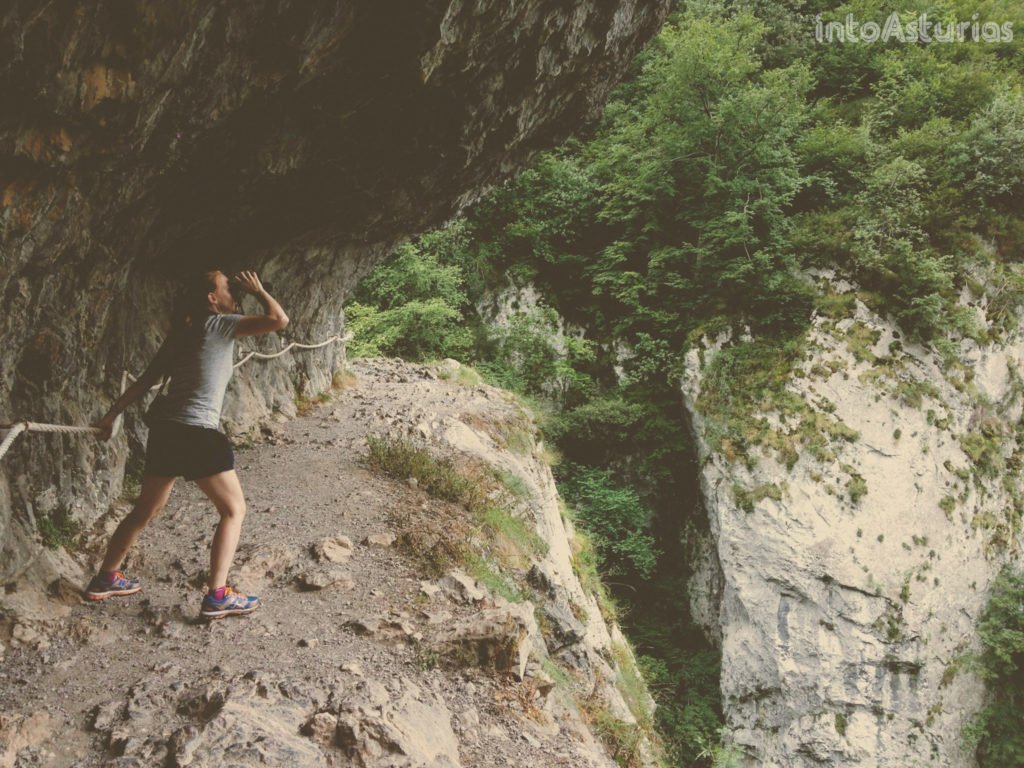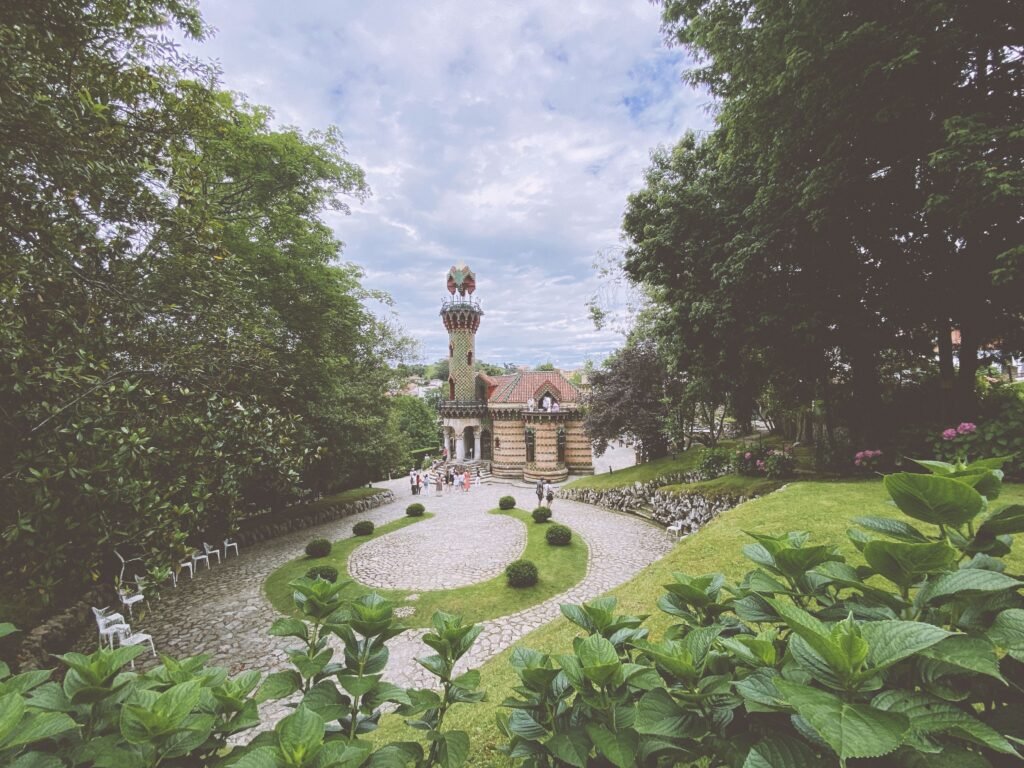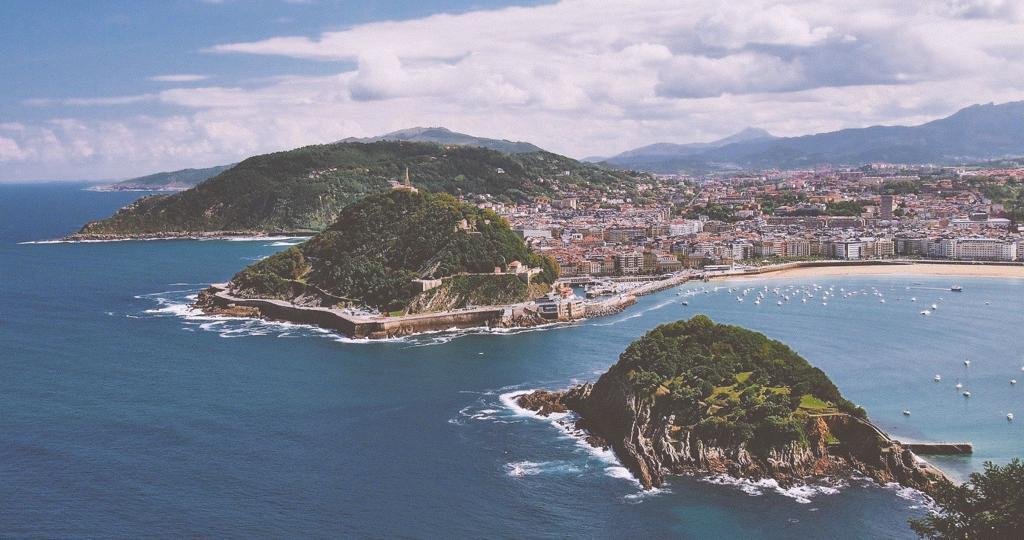Oriente
Oriente is one of the eight comarcas or administrative regions of Asturias. In terms of nature conservation efforts and biodiversity, two spaces stand out: Picos de Europa National Park and Ponga Natural Park.
Picos de Europa National Park
The Picos de Europa National Park offers a rugged landscape shaped by folding and glaciation, creating a mountain karst. Bounded by deep valleys and gorges, the region is crisscrossed by rivers such as the Dobra, Deva, and Cares, forming an imposing mountain front with a geological history linked to the major orogenies of the Carboniferous and Tertiary periods. The landscape is dominated by three major mountain massifs, through which the main rivers flow via narrow canyons.
The Central Massif harbors the highest peaks in the Cantabrian Mountains, including the iconic Picu Urriellu (also known as Naranjo de Bulnes). To the east, the Eastern Massif offers a gentler profile, while the western part—known as Picos del Cornión—features emblematic sites like the Enol and Ercina Lakes, near the Royal Site of Covadonga.
The flora in this extreme environment includes shrubs, grasslands, and forests of beech, oak, and lime trees. These colorful trails wind through the summits, where the high-mountain climate and temperature variations define the ecosystem.
The fauna is diverse and unique. It hosts birds such as the golden eagle, vultures, and Egyptian vultures, as well as capercaillie and mallards. In the high mountains, you’ll find chamois, roe deer, partridges, and wild boars. The rivers are home to otters, trout, and salmon, while limestone caves provide shelter for bats and owls.
Ponga Natural Park
Ponga Natural Park, located in the central-eastern region of Asturias, stands out for its exceptional environmental diversity and remarkable conservation efforts. Bounded by the imposing Cantabrian Mountains to the south and the Ponga Ridge to the west, its landscape is adorned with majestic peaks like Peña Ten and Tiatordos. The park is crisscrossed by the Sella and Ponga rivers, their narrow valleys and impressive gorges—such as the Desfiladero del Ponga and the Beyos Gorge—adding drama to its natural beauty.
Ponga Natural Park is characterized by extensive mature forests that cover 37% of its territory. These forests include beech groves, oak forests, birch stands, and ash woodlands. The landscape also features meadows, pastures, and heathlands—all shaped by ancestral land use practices. Within the park, the Peloño Partial Nature Reserve safeguards a vast expanse of beech trees, further enhancing its conservation value.
The park's fauna is equally remarkable. It is home to emblematic species such as the brown bear, otters, and desman (a semi-aquatic mole). The avifauna includes the Cantabrian capercaillie, as well as various raptors like the golden eagle and griffon vulture.
In summary, these natural spaces stand as a true treasure, where the beauty of the landscape harmonizes with exceptional biodiversity and dedicated conservation efforts.
Other great places to visit in this most eastern part of Asturias are Cabrales with its famous cheese, the former capital of the Kingdom of Asturias Cangas de Onis and the picturesque coastal towns Llanes and Ribadesella.
We organize the following activities in the Oriente, including Picos de Europa and Ponga Natural Park:
Birding
Northern Spain is a great place for observing birds because of its high density of different ecosystems and habitats. During our birding trips and guided tours in Asturias and Northern Spain, you get the chance to discover new high mountain range or coastal species.
Two of Asturias’ most iconic species are the Western Capercaillie (Tetrao urogallus) and the Bearded Vulture (Gypaetus barbatus). The number of Western Capercaillies rapidly declined in recent years. Resultantly, they are strongly protected. Access to their last breeding grounds is therefore restricted. The reintroduction of the Bearded Vulture in the Picos de Europa National Park, however, is successful. You can now observe this impressive raptor in several places.
Do you want to spot the Bearded Vulture? See some of Northern Spain´s other majestic raptors such as the Griffon Vulture (Gyps fulvus) or Golden Eagle (Aquila chrysaetos)? Or are you more interested in discovering typical alpine birds like the Wall Creeper (Tichodroma muraria)? Or perhaps you want to discover migratory birds along the Cantabrian seashore in spring or autumn?
Our birding trips and guided tours in Asturias and Northern Spain allow you to discover new species in the beautiful Northern Spanish nature! Below, we give some examples of our guided tours and trips. Looking for something specific? Or do you want to receive a customized proposal? Do not hesitate to send us a message!
Searching for Bearded Vultures in Picos de Europa
Birding in Ponga Natural Park
Hiking
Whether you want to spend your entire holiday in Northern Spain hiking or make a few day trips, this region offers something for every hiking level. Our guided tours and individual trips let you discover Asturias and Northern Spain on foot.
From winding roads along the coast to steep climbs in the mountains. From unpaved paths where you hardly encounter anyone else to the popular senda verdes that are accessible for the whole family. Northern Spain offers something for every hiking enthusiast.
Two of the many historic Caminos de Santiago lead through Asturias: the Camino del Norte along the coast and the Camino Primitivo through its mountainous interior. Another long-distance path is the Camino Natural de la Cordillera Cantabrica. This path crosses Asturias from the east to the west, thereby covering more than 600 kilometers. Additionally, there a dozens of day trips ranging from just a few to around 30 kilometers. They are spread over Asturias, ensuring that you’ll discover a nearby route almost everywhere.
Our hiking tours and customizable trips enable you to discover new landscapes and experience the beauty of Northern Spain to the fullest. Visit and walk into Asturias’ with us!
History and Heritage
Our history and heritage tours and trips take you back in time to Asturias’ unique past.
Asturias’ history started millions of years ago when dinosaurs roamed its coast. In the Paleolithic, our ancestors left incredible cave art, such as in World Heritage Site Tito Bustillo.
The Romans built bridges, aqueducts and public baths. The Reconquista started in Asturias with the famous Battle of Covadonga in 722. Here, Asturias’ first King Pelayo defeated the Arabs. During the subsequent reign of the Asturian dynasty (722-910), the pre-Romanesque style was born. You can still visit some pre-Romanesque buildings, for example San Julián de los Prados and Santa María del Naranco in Oviedo.
In the 19th and 20th century, thousands of Asturians emigrated to ‘Las Americas’. The people who returned (Indianos) built large mansions inspired by Latin- American architecture. You can still visit many of them today.
The Industrial Revolution, especially the development of coal and iron mines, and the resultant iron and steel industry still shapes the current Asturian identity and culture.
Our history and heritage tours and trips let you discover all these aspects of Asturias’ past. Select one of the tours and trips listed below, or let us make a customized design for you to dive intoAsturias‘ unique history!
Walking with Dinosaurs
Wildlife
Join our guided wildlife tours and observe the unique wildlife of Asturias!
‘Unique species, unbeatable scenery and unforgettable experiences’. That’s how Asturias is promoted as ecotourism destination. And no wonder. Although this ‘Natural Paradise’ only represents 2% of Spain’s surface, it is home to 75% of mammals and birds species to be found in Spain. The most iconic are Cantabrian brown bears (Ursus arctos arctos), Iberian wolves (Canis lupus), Bearded Vultures (Gypaetus barbatus), Golden Eagles (Aquila chrysaetos) and Wallcreepers (Tichodroma muraria,).
Protected areas in Asturias
Over a third of Asturias’ surface is protected. Asturias has 1 National Park (Picos de Europa), 7 Biosphere Reserves (Las Ubiñas-La Mesa, Muniellos, Picos de Europa, Redes, Ponga, Somiedo and Oscos-Eo), 5 natural parks (Fuentes del Narcea, Degaña e Ibias, Las Ubiñas-La Mesa, Ponga, Redes and Somiedo), 1 full nature reserve (Muniellos), 6 partial nature reserves, 2 protected landscapes and 39 natural monuments. Furthermore, Asturias also houses the first declared marine reserve in Spain (El Cachucho).
Wildlife of Asturias
Resultantly, Asturias is one of the best places to observe Iberian wildlife. The brown bear is undoubtedly the emblematic animal of Asturias. You can also see wolves, hoofed animals (deer, roe deer, fallow deer, and ibex), and other mammals such as wild cats, genets, and otters. Furthermore, you can find over 400 bird species in Asturias. Bearded Vulture, Griffon Vulture, Golden Eagle, and Wall Creeper are only some examples. Also, over 140 butterfly species live in Asturias. Finally, you can spot up to 25 species of cetaceans, both resident and migratory, in the Cantabrian Sea bordering Asturias.
Our guided wildlife tours
We offer various Wildlife Tours to encounter the rich wildlife of Asturias. Certified and experienced guides who respect the local environment lead all our tours.
Even though Asturias has abundant wildlife, there is no guarantee that you see all the animals you want during your stay. However, participating in our guided wildlife tours greatly increases your chances of encountering them. We also design customized tours for a unique and personalized wildlife experience.
Visit and dive into Asturias’ wildlife with us!
Searching for Bearded Vultures in Picos de Europa
Birding in Ponga Natural Park
Other Trips
These are other trips.

